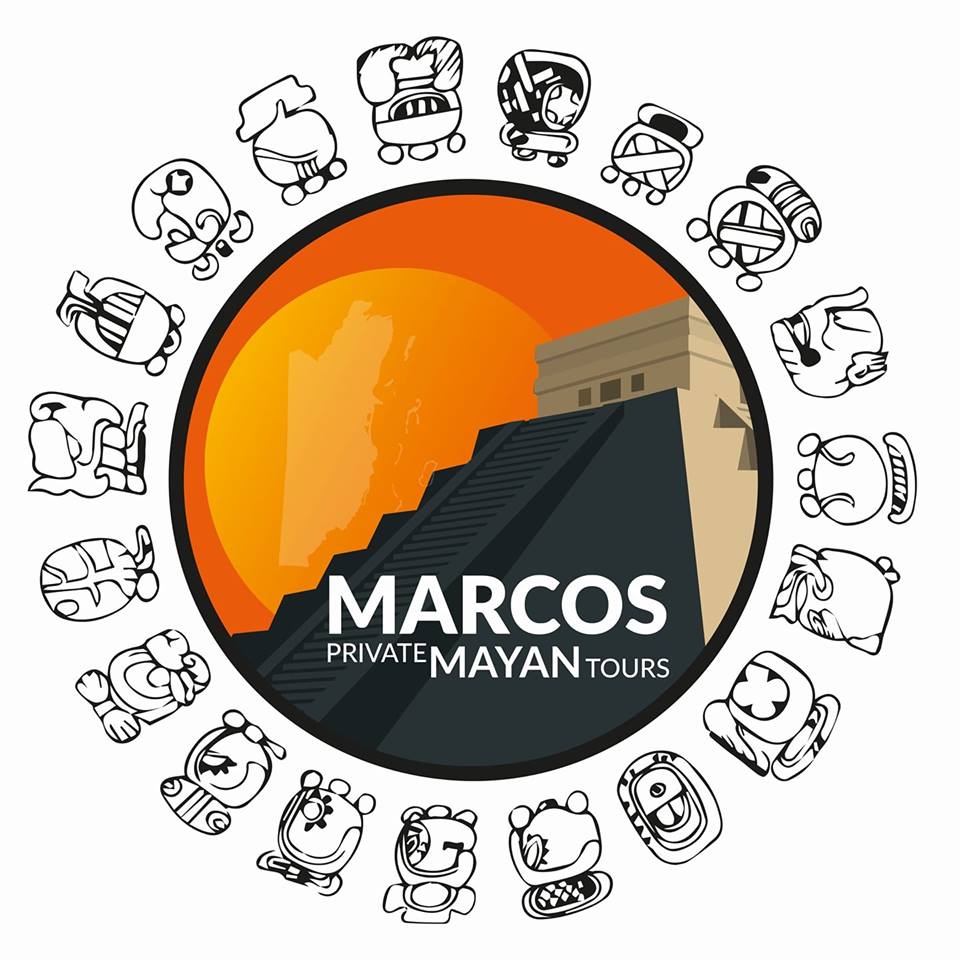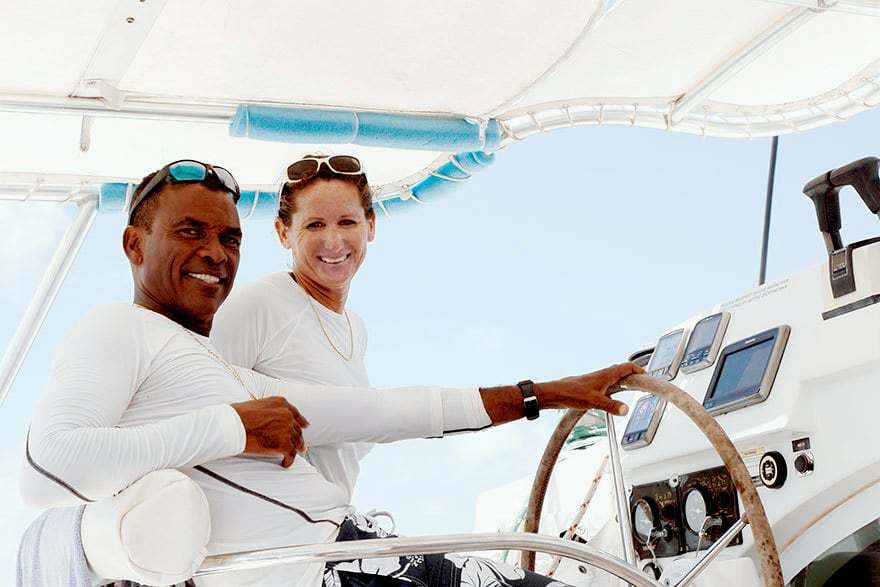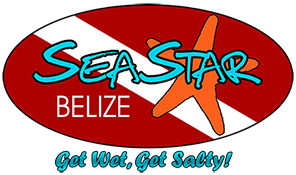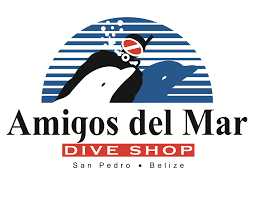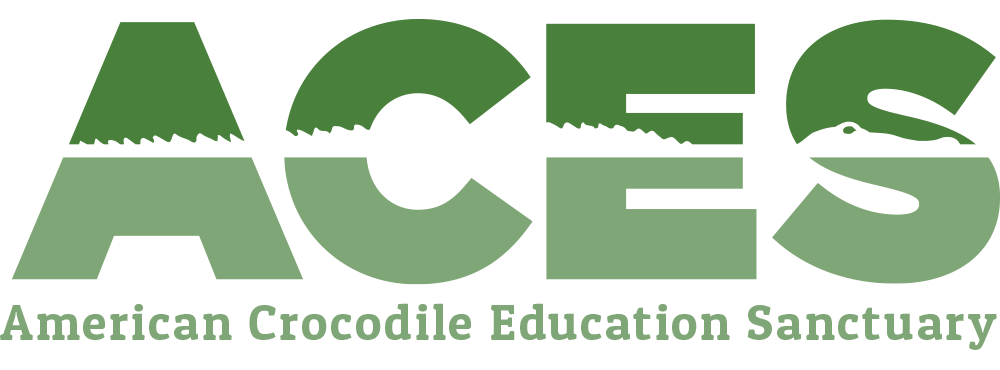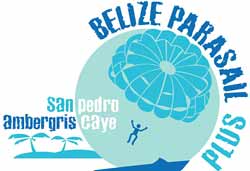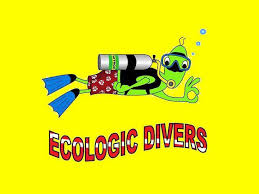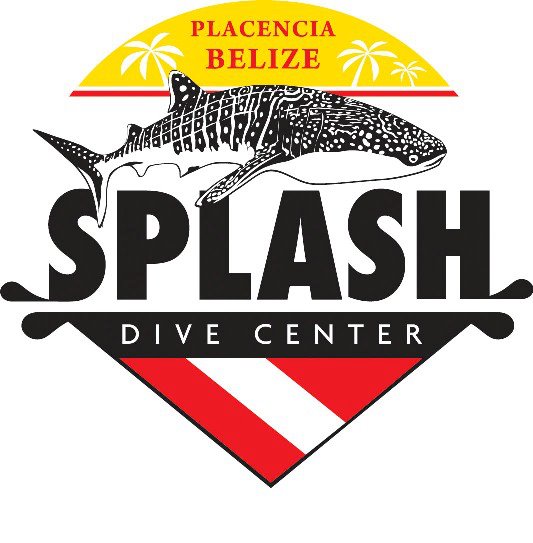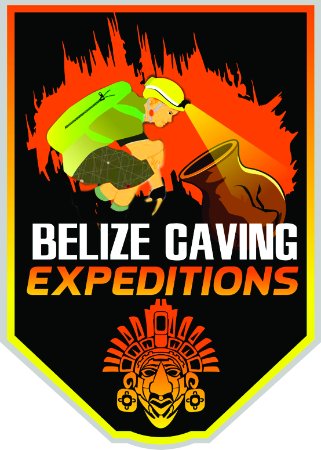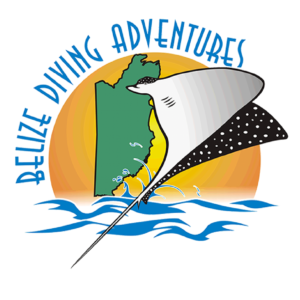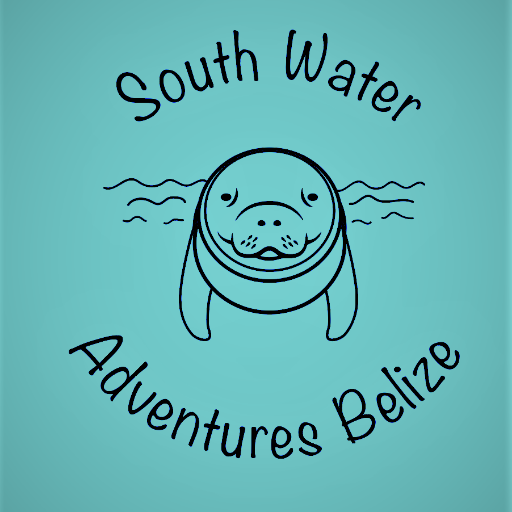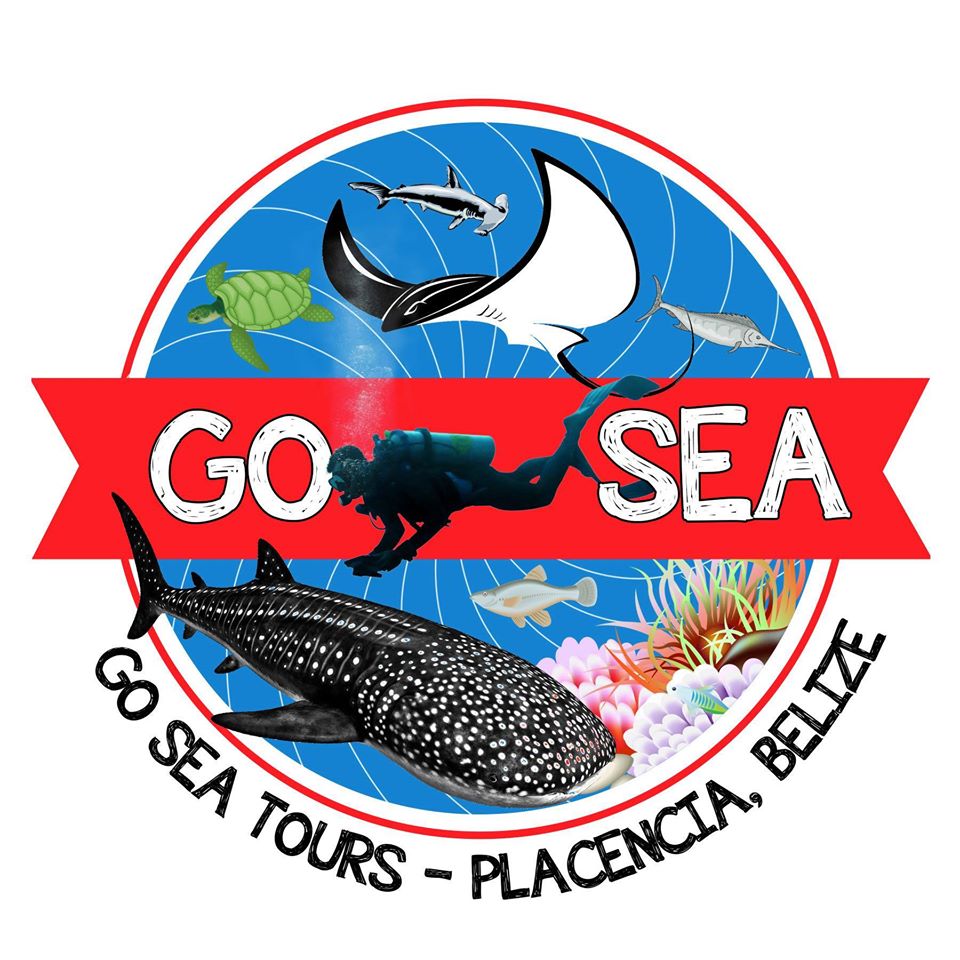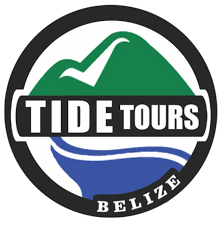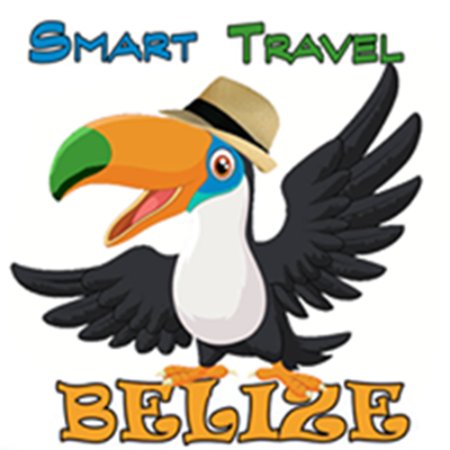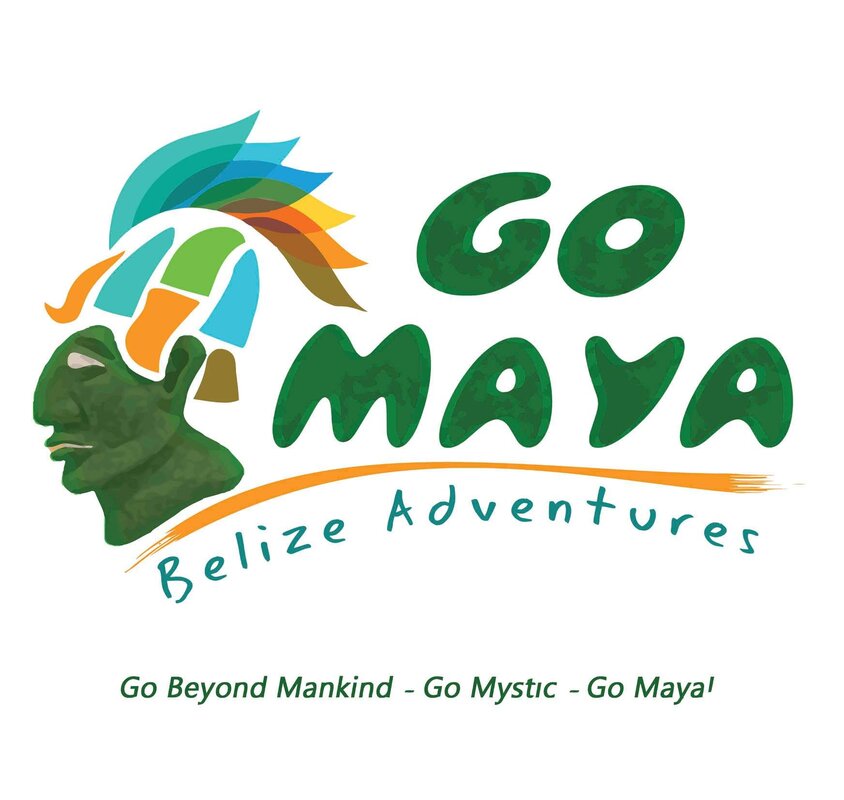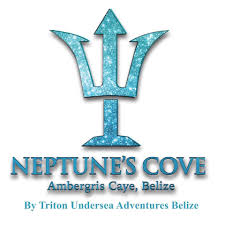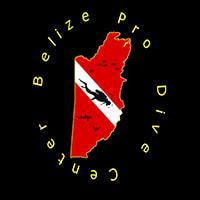|
10 Ways to Travel To Ambergris Caye on a Budget 1. Do Not Fly Direct To Belize Flights to Belize from the main hubs in North America are very expensive. Instead, fly to Cancun and catch the ADO bus. You will save about 50% off your airfare and get to see two countries at the same time. If you must fly direct to Belize, be flexible on your travel dates. Fly in the off season, airlines give out discounts that make flying to Belize not a bad idea. Expect discounts of about 10% to 40%. Most airlines have super saver discount alerts you can sign up for. 2. Stay At Belize Budget Suites - belizebudgetsuites.com Email us at: [email protected] Telephone: 501-226-4402 or (501-632-3589 on What's Up) Belize Budget Suites caters to the traveler looking for first class accommodations on a budget. When other rooms on the island are charging $210-$550. USD per night, Belize Budget Suites is charging $65.-$99.USD per night. The property is located 1.5 miles south of San Pedro (which equates to about a 10 minute drive) to and from the property. 3. Take Water Taxi, Instead of the Plane There's a huge difference when it comes to traveling back and forth from the mainland to the island. If you take a puddle jumper flight, it will cost you about $90.USD one way (travel time is about 15 minutes). If you take the water taxi, it will cost you about $38.USD (travel time will be 1-1/2 hours). By taking the water taxi, you will be saving $52.USD one way | $104.USD round trip. 4. Travel In The Off Season Off season is a time to save money on airfare and accommodations. It's a well known fact, the Belize tourism season lasts from about November to May. Many hotels and resorts actually close down during the peak hurricane months (September & October) due to the lack of tourists. You can drive a hard bargain and get discounts of as much as 50% off during low season. Definitely a buyers market! 5. Use a bicycle to Get Around the Island Golf carts rent for almost as much as a vehicle on the island. In some cases your golf cart rental can be more than your nightly room rate. To help keep your costs down, consider renting a bicycle to get around on the island. Bikes rent for as little as $9-15.USD per day (depending on where you rent them). At Belize Budget Suites, bikes can be rented for $10.USD per day, this is a huge savings over renting a golf cart at $62.USD for the day (which does not include insurance and gasoline). With a bicycle, you can reach almost everything you need to in town, the only place you can't go is Secret Beach (unless you're up for an 18 mile round trip bike ride). 6. Avoid Luxury Resort Tourist Areas If you're ordering drinks or food from a luxury resort, you're going to pay luxury resort prices. Remember, live like a local and keep your costs to a minimum. 7. Eat Like a Local (Street Food & Local Restaurants) To help keep your costs down, eat like a local. Which means stay away from the big fancy restaurants, with the big fancy prices. There are a few local restaurant on island that serve up some nice grub for a very reasonable rate. You want to eat, where the locals eat. First on the list (since it's close to Belize Budget Suites), is: http://www.belizebudgetsuites.com/theneighborhood.html La Davina Provincia (Located close to Belize Budget Suites) Great local food & homemade papupas. Most meals can be purchased between $6-$12.USD | $12.-$24.BZD Waraguma's (Located downtown San Pedro) Waraguma's is located in downtown San Pedro, about a 10 minute ride from Belize Budget Suites to the restaurant. If you're looking for local seafood, this is the place. Our families favorite entree, is the lobster/seafood burrito (which is to die for). Prices range from $12.-15.USD | $24.-$30BZD. Robyn's Kitchen BBQ (2-3 minute walk from Belize Budget Suites)
8. Make Bottled Water Your Main Beverage Always drink bottled water, don't risk getting a water-borne upset tummy that may cost you a couple hundred bucks on medical bills. Bottled water can be purchased here on the island in a small (16 oz.) container for $.50USD, a one liter bottle (32 oz.) for .75USD, a one gallon container for $1.50USD, and a five gallon container for $2.5USD. Chances are, you're going to be having a fun vacation, so be sure to stay hydrated. Water is cheaper than soda, beer, wine, and alcohol. Don't buy bottled water at hotels, resorts or other touristy areas (where prices can be higher). Buy your bottled water where Belizeans shop – small supermarkets or corner groceries. 9. Keep Your Souvenir Purchases to a Minimum Often times when we travel we feel the need to take something back home. The only problem is, if you buy something for one person, then many feel obligated to buy something for everyone. Tell friends and family before you leave on your vacation (to Belize), that you will NOT be purchasing and coming back with souvenirs. This way when you return, there isn't this huge let down, that you didn't get everyone a gift. 10. Drink Like a Local
First rule: do not open a bar tab. Like anywhere else, tourists can be targeted by a dishonest bar that will slap on more than you drink. Better yet, minimize drinking at tourist bars or hangouts. Even bars and nightclubs used by locals can be expensive, especially mixed drinks. Rum is one of the few liquors that is cheap here, as it's made in Belize. Many bars offer drink specials (2 for 1) during happy hour. Click on the following link and it will tell you which bars are offering which drink specials. http://www.belizebudgetsuites.com/thingstodoambergriscaye.html Another great alternative, is to buy a bottle of your favorite liquor, and drink on the beach, in your room or with other hotel guests at the property.
0 Comments
Before there is chocolate, there is a tree. These trees grow in the rainforests of the world, located 20-degrees above and below the equator, of which Belize is a part of. The cacao tree is suited to grow perfectly within the latitudes of 20 degrees north and 20 degrees south of the equator. Cacao trees grow under the great canopy of towering shade trees. These graceful trees bear fruit that looks like footballs and grows straight out of the trunk. The cacao pods thrive in the tropical heat around the equator, and produce an array of colors and shapes. The pods can range from bright green to pale yellow, dark purple to burnt orange or Crimson. The cacao tree does not have a distinct harvest season, it puts forth flowers continuously, but only about 3 out of a 1000 get pollinated and progress to fruit. They are pollinated by midges (nat-like bugs) that love the rainforest. It takes 5-8 months for a bud to progress to a ripe fruit. (3) Main Varieties of Cacoa Beans Three main varieties of cocoa are: Criollo, Forastero, and Trinitario. Cacao production in Belize, mainly focuses on Trintario and Forastero varieities. The Trintario is the most widely used, comprising 80–90% of the world production of cocoa. The Trinitario - Trinitario is a hybrid of Criollo and Forastero cacao. These are normally more resistant to diseases than the Crillo but are not normally found in the wild. The pods contain up to thirty or more beans varying in colors but rarely white in color. The outside color of the pod varies ranging from green, light green, red, yellow. Fermentatin also takes approximately three to five days (3-5 days). The Forastero - Forastero pods produce up to 30 seeds weighing less than one gram. The color of the pod varies to green, light green and red, while the inside of the pod is covered in a deep or light purple pulp It has a strong bitter taste (strongest flavor). Therefore, the fermentation normally takes about six to eight days (6-8 days). It is most common in West Africa and South America and it makes up most of the cacao production. The Criollo - Criollo pods tend to be much rarer, and considered to be a delicacy. Cacao has lower yields than Forastero and the Criollo tend to be less resistant to several diseases that attack the cocoa plant, hence very few countries produce it. One of the largest producers of Criollo beans is Venezuela (Chuao and Porcelana). The Criollo mainly used for tine chocolates, contains up to fifteen to thirty white, ivory or pale purple seeds which weight more than one gram. These have pointed-ended pods, its color reanges from yello to ruddy orange whitle the inside appears almost white. It has a softer skin, its flower is white with two pink lines. These do not require a lot of fermentation and roasting to soften them and develop their flavor. Fermentation takes approximately three to five days (3-5 days). Belize Exports Annually (Statistics as of 2016) United Kingdom (34%) $69,273,699. USD United States (23%) $47,304,948. USD Cultivation A cocoa pod (fruit) has a rough, leathery rind about 2 to 3 cm (0.79 to 1.18 in) thick (this varies with the origin and variety of pod) filled with sweet, mucilaginous pulp (called baba de cacao in South America) with a lemonade-like taste enclosing 30 to 50 large seeds that are fairly soft and a pale lavender to dark brownish purple color. During harvest, the pods are opened, the seeds are kept, and the empty pods are discarded and the pulp made into juice. The seeds are placed where they can ferment. Due to heat buildup in the fermentation process, cacao beans lose most of the purplish hue and become mostly brown in color, with an adhered skin which includes the dried remains of the fruity pulp. This skin (or shell) is released easily by winnowing after roasting. White seeds are found in some rare varieties, usually mixed with purples, and are considered of higher value. There are over 25 cacao farms located in Southern Belize. Harvesting the Beans Belize Harvesting Season (November to June) Chocolate begins with Theobroma Cacao tree. Pods from this tree are harvested for the making of chocolate only once fully ripened. Unripened pods yield beans with low cocoa butter content and low sugar content. The natural sugars in cocoa beans fuel the fermentation process, which is responsible for much of the classic cocoa flavor. Once harvested, the seeds are separated from the pods and pulp and allowed to begin the fermentation process. Cocoa trees grow in hot, rainy tropical areas within 20° of latitude from the Equator. Cocoa harvest is not restricted to one period per year and a harvest typically occurs over several months. In fact, in many countries, cocoa can be harvested at any time of the year. Pesticides are often applied to the trees to combat capsid bugs, and fungicides to fight black pod disease. Immature cocoa pods have a variety of colours, but most often are green, red, or purple, and as they mature, their colour tends towards yellow or orange, particularly in the creases. Unlike most fruiting trees, the cacao pod grows directly from the trunk or large branch of a tree rather than from the end of a branch, similar to jackfruit. This makes harvesting by hand easier as most of the pods will not be up in the higher branches. The pods on a tree do not ripen together; harvesting needs to be done periodically through the year. Harvesting occurs between three and four times weekly during the harvest season. The ripe and near-ripe pods, as judged by their colour, are harvested from the trunk and branches of the cocoa tree with a curved knife on a long pole. Care must be used when cutting the stem of the pod to avoid damaging the junction of the stem with the tree, as this is where future flowers and pods will emerge. One person can harvest an estimated 650 pods per day. Fermenting the Beans Fermenting the Cocoa Beans The wet beans are then transported to a facility so they can be fermented and dried. The farmer removes the beans from the pods, packs them into boxes or heaps them into piles, then covers them with mats or banana leaves for three to seven days. Raw cocoa beans have a bitter and undesirable flavor. Fermentation transforms this bitterness making it into the more complex precursor to the classic cocoa flavor we are familiar with. Fermentation is achieved with natural yeast and bacteria that are present in the cocoa beans. The beans are simply left out in the heat and moisture to ferment for approximately seven days. After fermentation, the beans are quickly dried to prevent mold growth. Drying the Beans Drying Cocoa Beans Finally, the beans are trodden and shuffled about (often using bare human feet) and sometimes, during this process, red clay mixed with water is sprinkled over the beans to obtain a finer color, polish, and protection against molds during shipment to factories in other countries. Drying in the sun is preferable to drying by artificial means, as no extraneous flavors such as smoke or oil are introduced which might otherwise taint the flavor. Cleaning the Beans Cleaning the Cocoa Beans After the beans have dried, they are cleaned for any additional pieces of dried cocoa pulp, pieces of pod and other extraneous materials. Shipping the Beans Bagging the Beans for Shipment The beans should be dry for shipment (usually by sea). Traditionally they are exported in jute bags. Shipping in bulk significantly reduces handling costs (shipment in bags), is still very common. For Beans Which Stay in Belize |
Is located on the island of Ambergris Caye, directly across from the Belize Barrier Reef, off the mainland coast of Belize. The property is nestled in a cluster of Australian Pine trees, backed to a littoral jungle, and surrounded by tropical gardens. It's about a one minute walk from the property to the beach, and a 10-15 minute drive from the island airstrip to the property.
We offer one bedroom suites (455 s.f.) of living area to include: livingroom, kitchenette, private bathroom and bedroom. We are also about a one minute walk from one of the best restaurants on the island serving (breakfast, lunch & dinner). Within walking distance you can find: (3) blocks is Robyn's BBQ (4) blocks is 2 fruit stands (5) blocks local grocery store IF YOU'RE COMING TO BELIZE TO............... If you're coming to Belize to dive the Blue Hole, descend the shelf walls at Turneffe, snorkel the Barrier Reef, explore Mayan ruins, rappel into a cave, kayak along the river through caves, zip line through jungle tree tops, hike through a cave to see an ancient human skeleton, swim with sharks, listen to Howler Monkey's, hold a boa constrictor, feed a jaguar, horseback ride through the jungle, canoe through a cave, rappel down a waterfall, sail around an island, enjoy cocktails & dinner to a sunset, climb 130' feet to the top of a Mayan ruin, rip up the jungle trails on an ATV, float through a series of caves on a tube, and sip on a rum punch..... then this is the place for you. Belize Budget Suites, offers you clean, affordable, attractive, accommodations, at prices that allow you to do all the things just mentioned. Archives
February 2021
Categories
All

For All Your Home Improvement Needs

For all Your Real Estate Needs
501-226-4400 10 Coconut Dr. San Pedro, Belize Your Ad Could Go Here
|

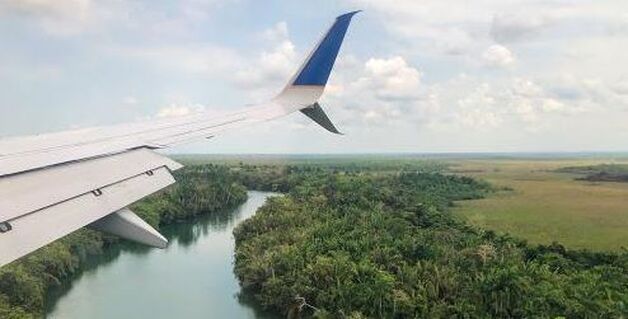


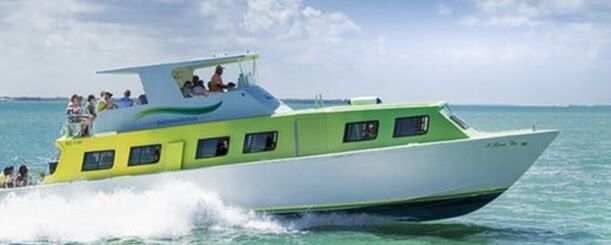

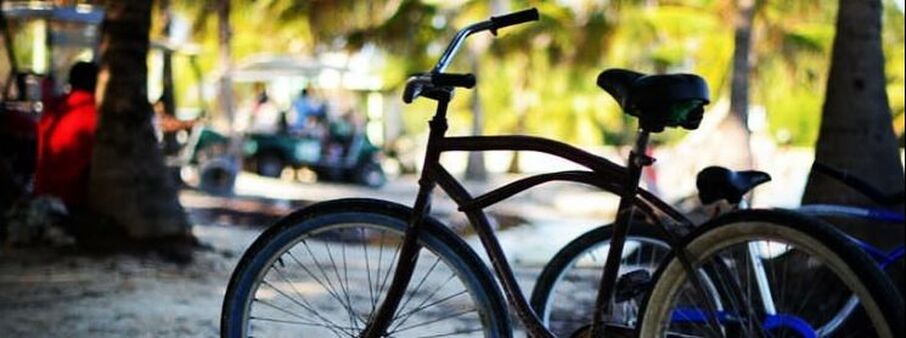

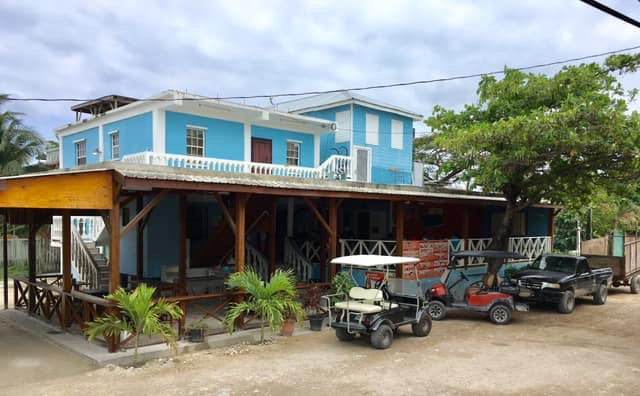
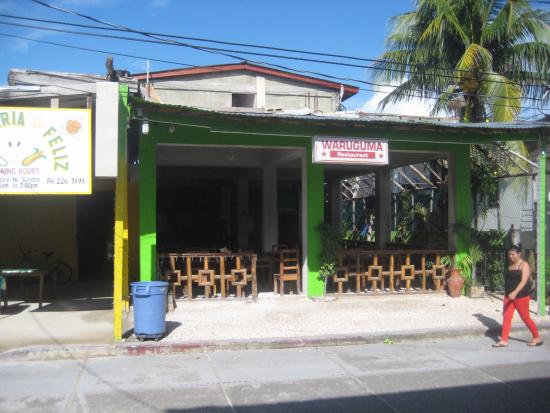
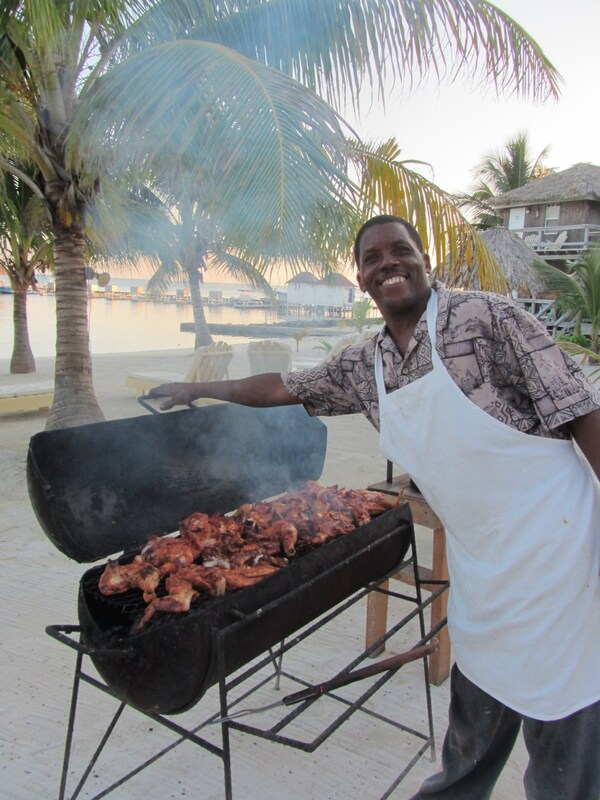
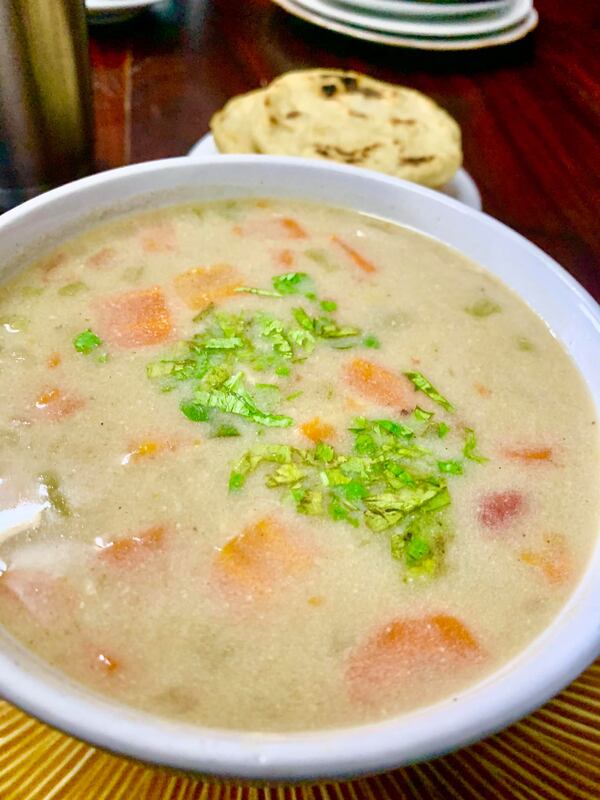
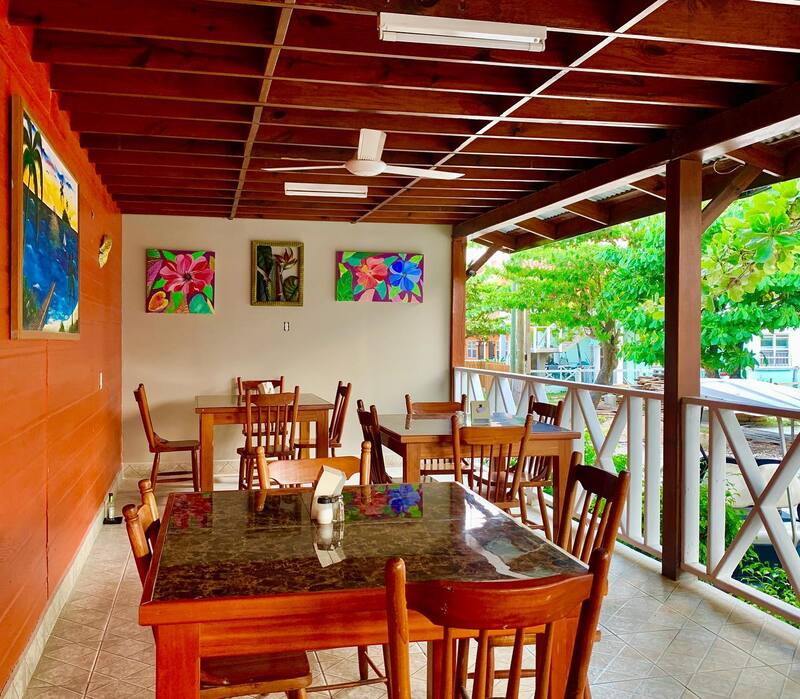
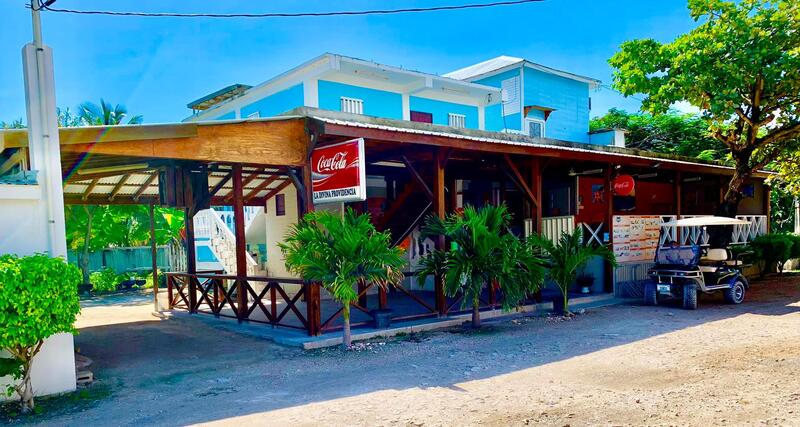
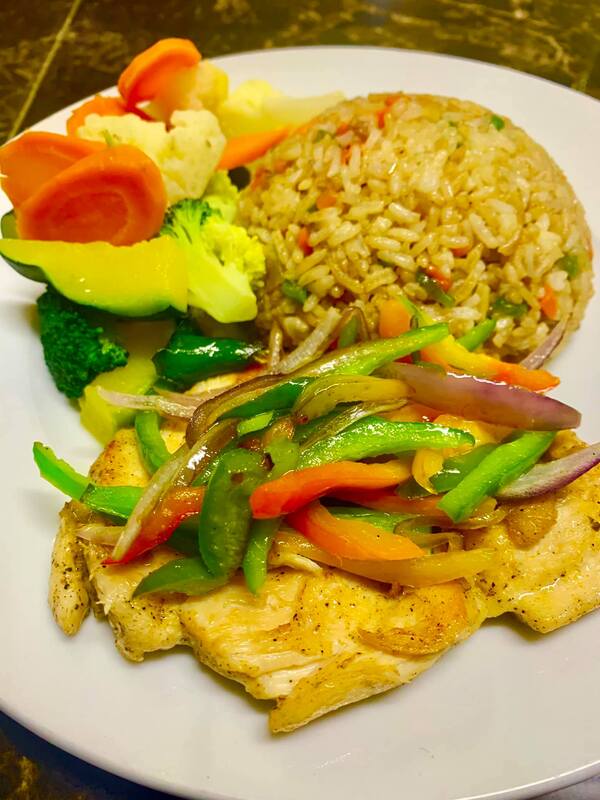
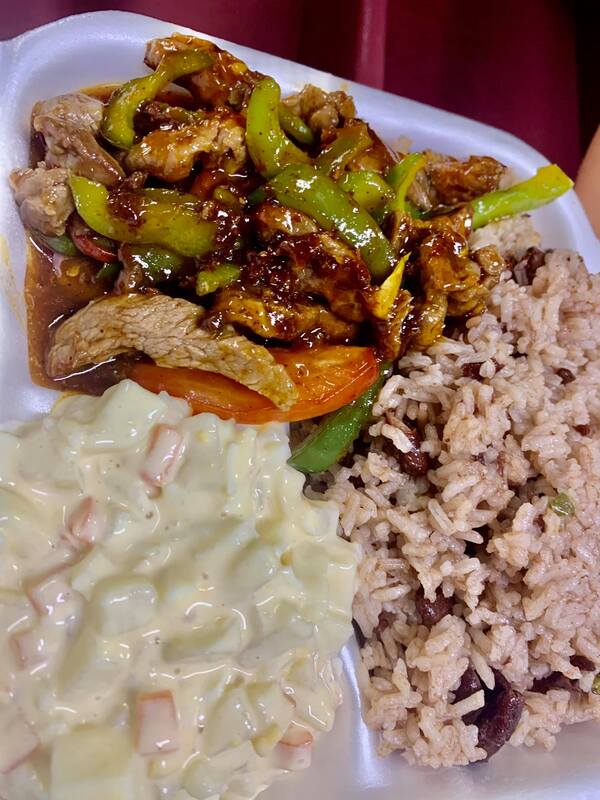
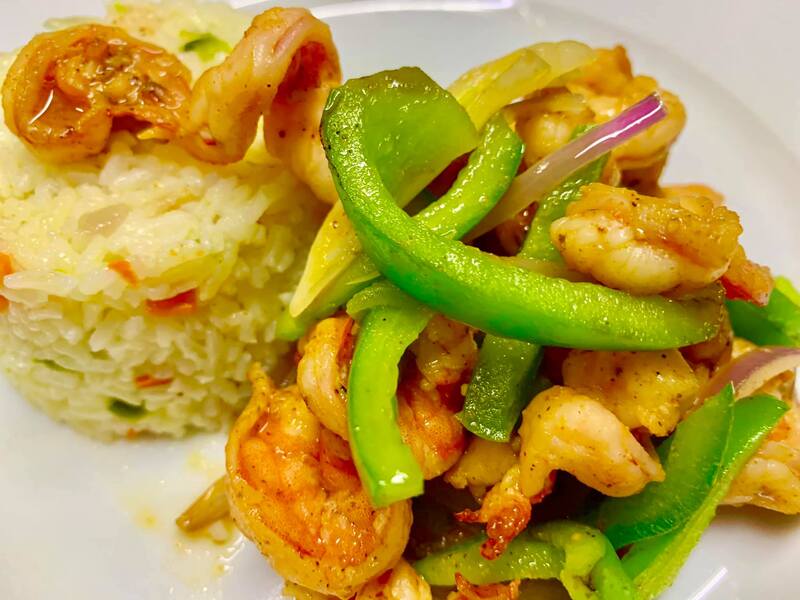
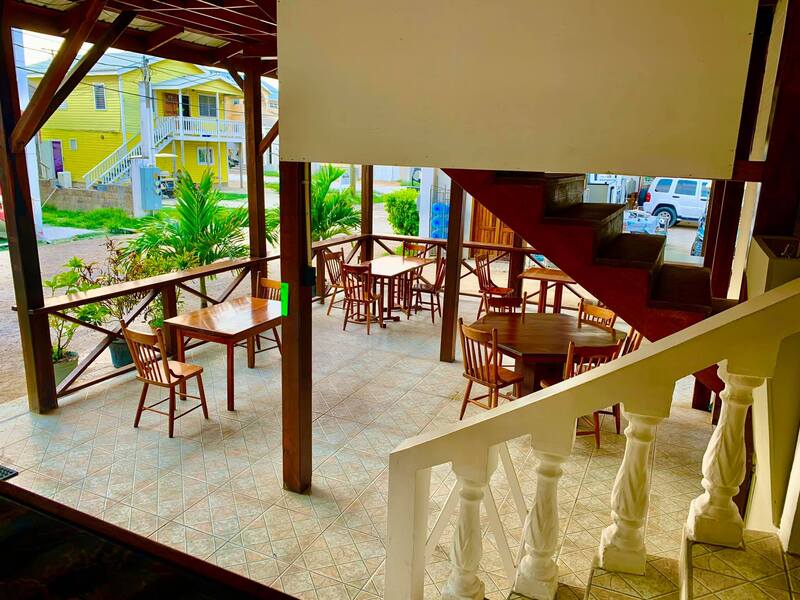
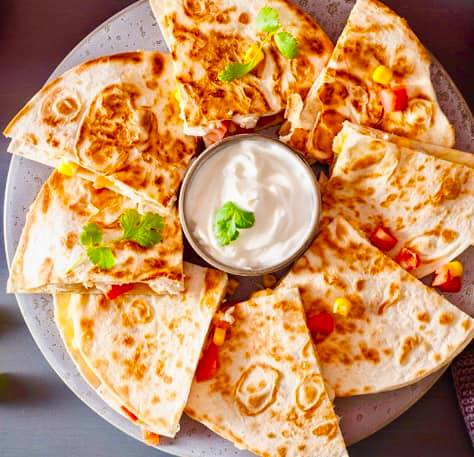
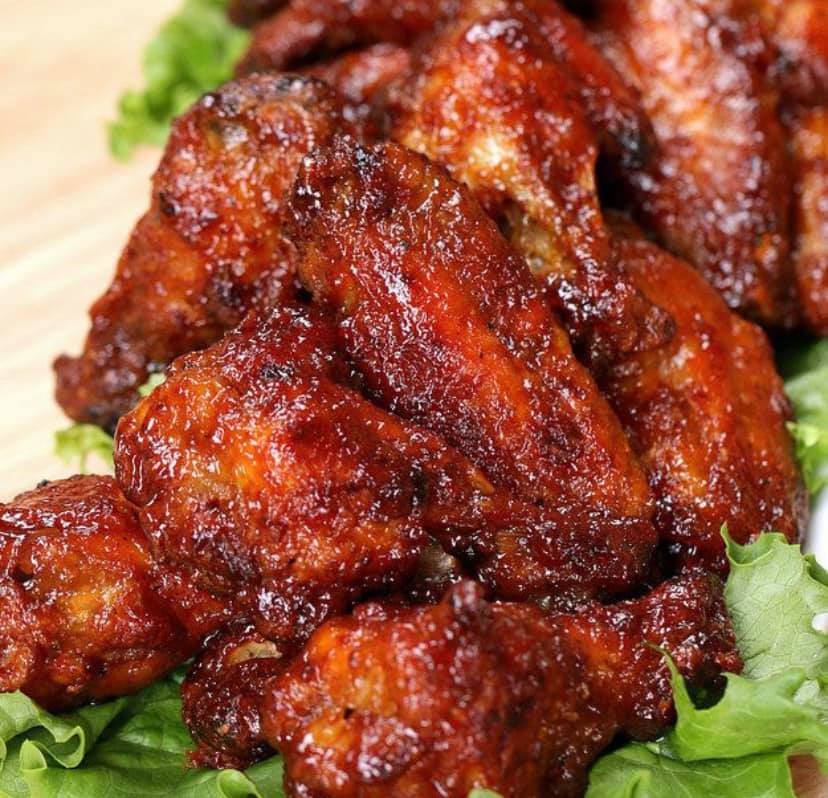
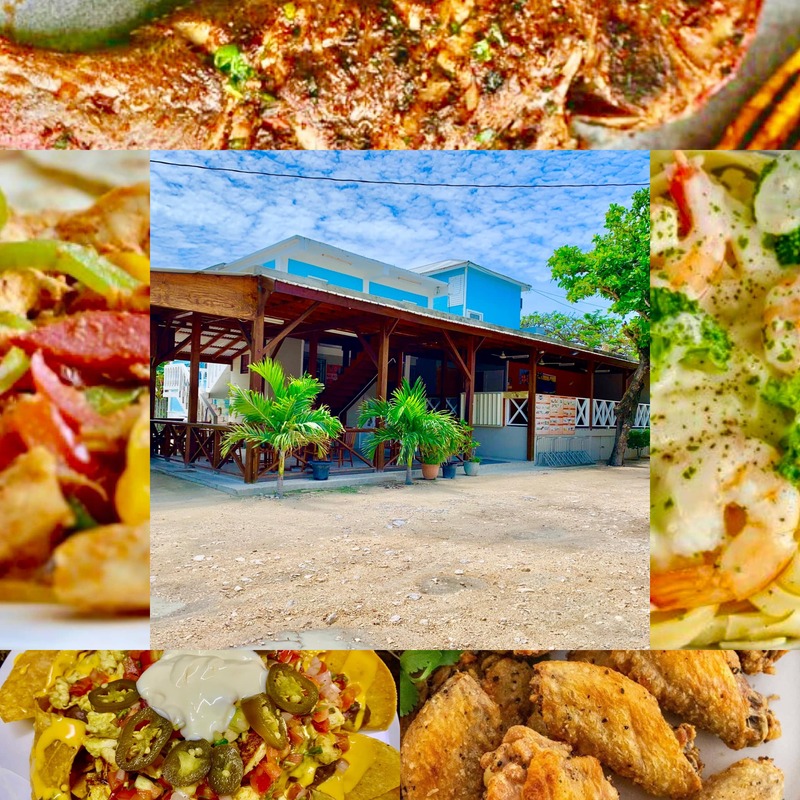
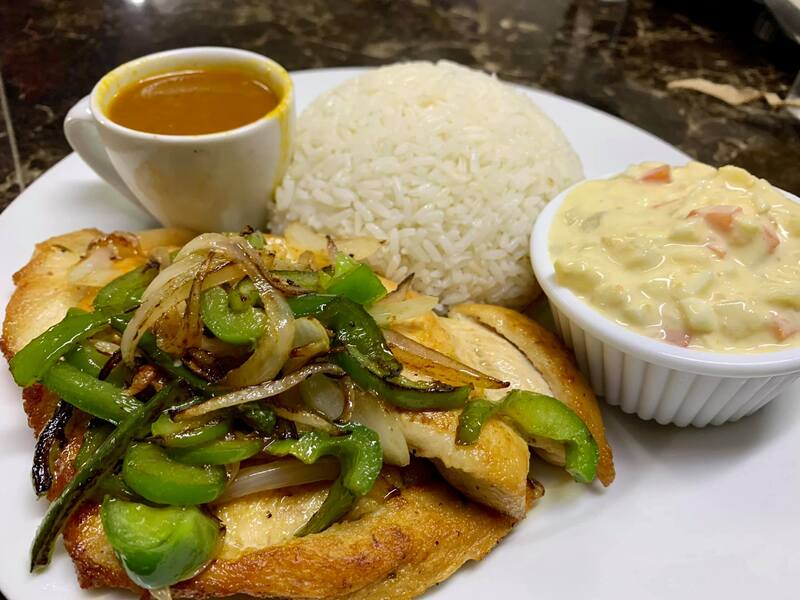
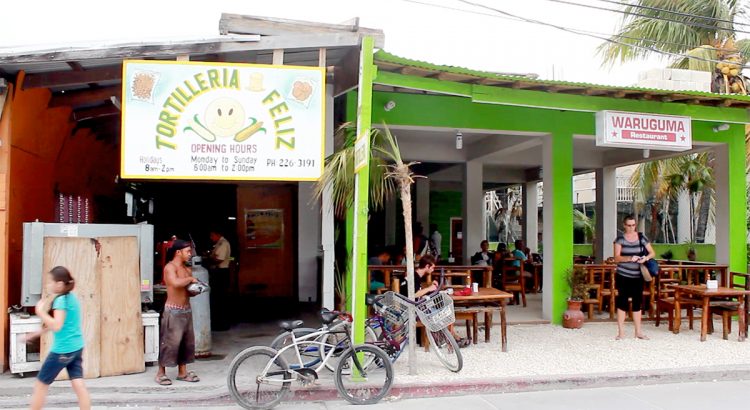
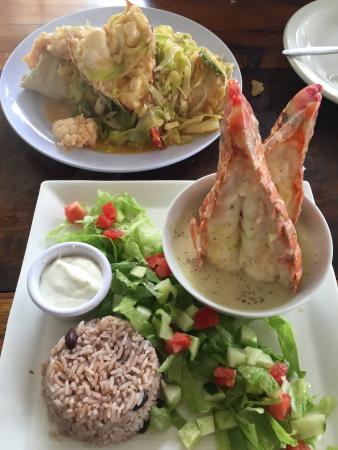
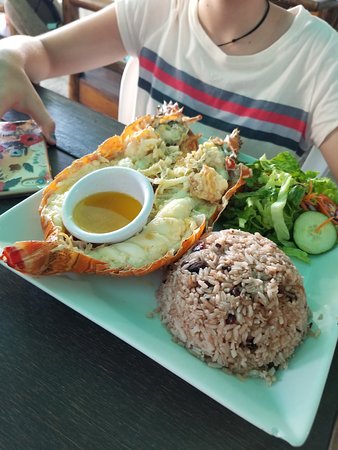
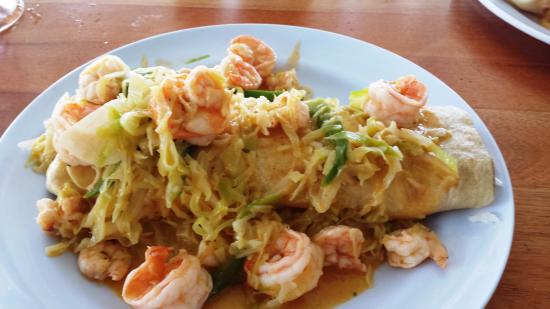
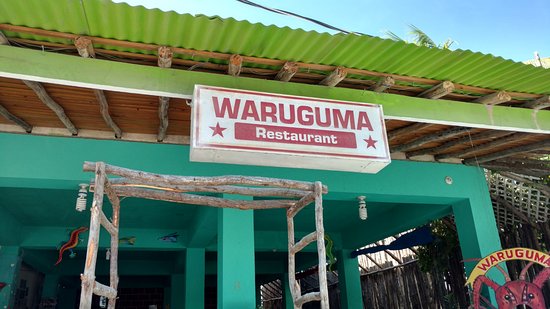
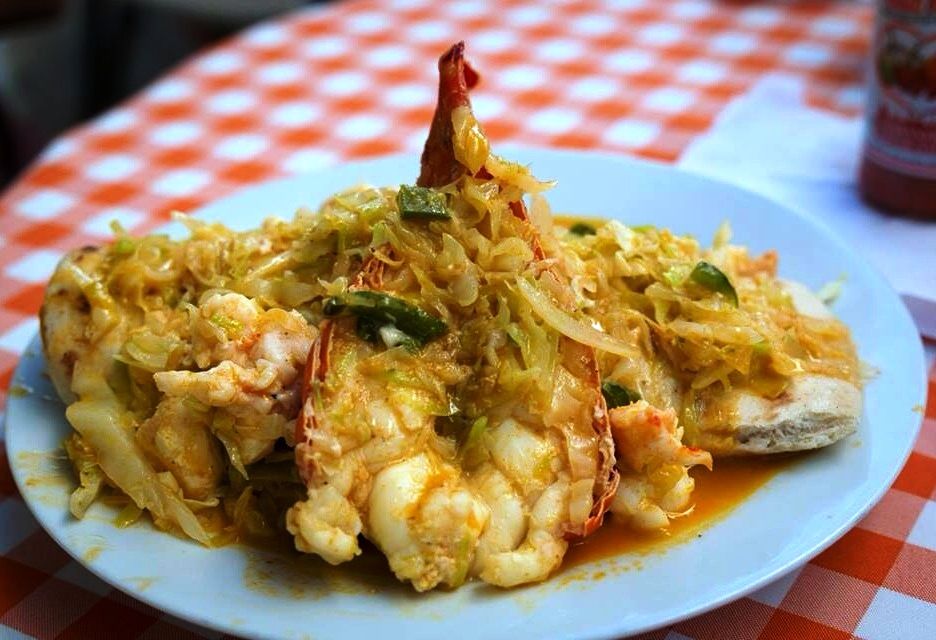
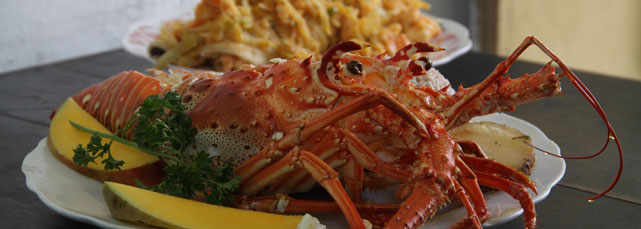
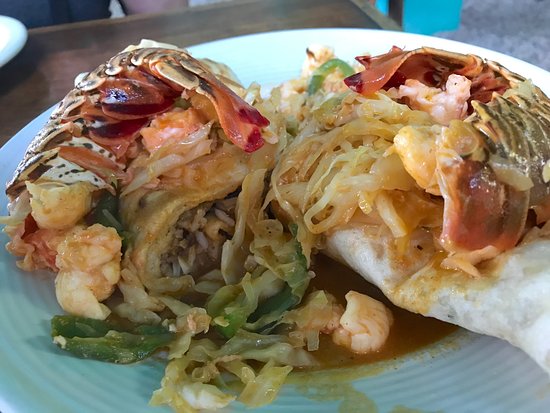
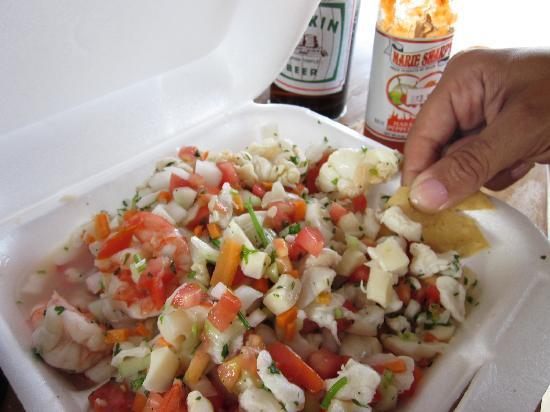
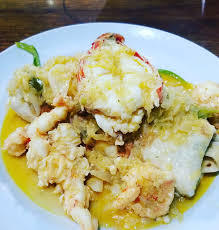
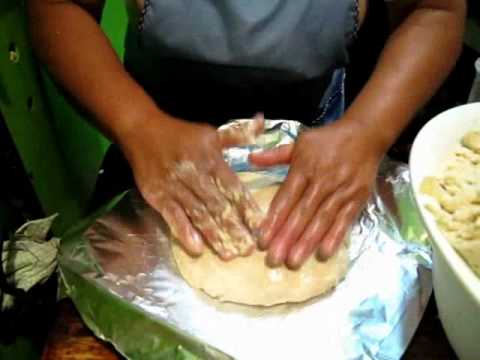
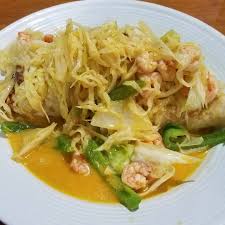
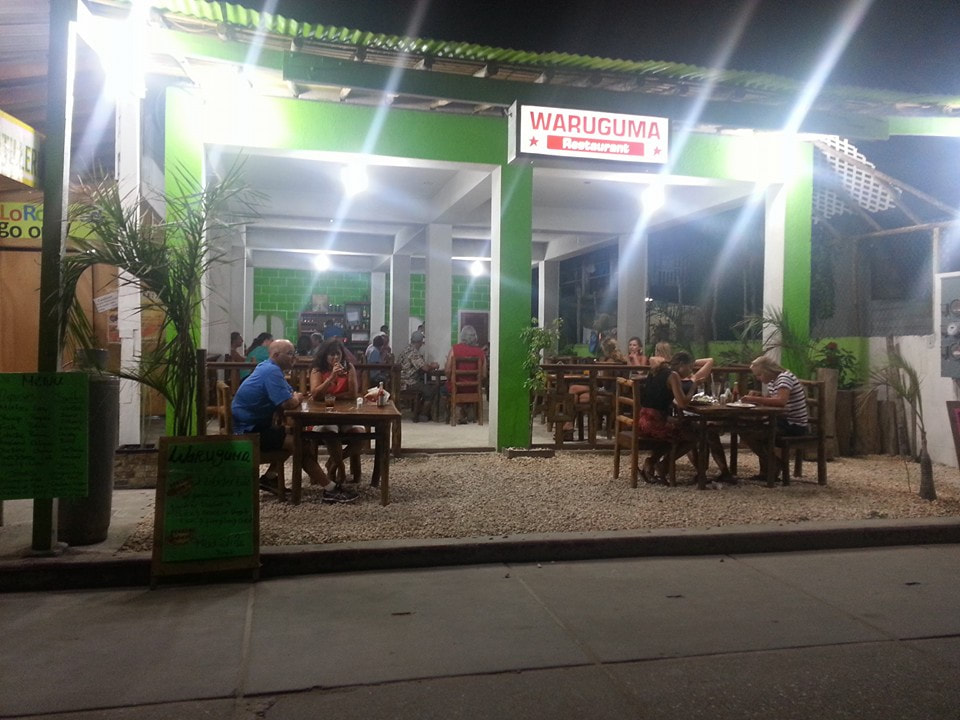
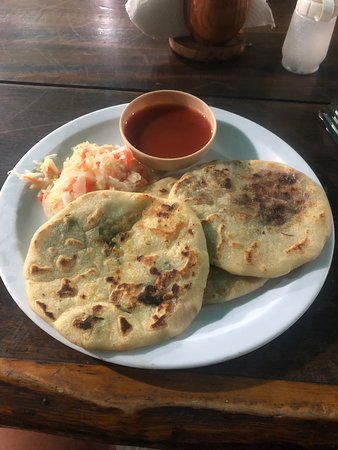
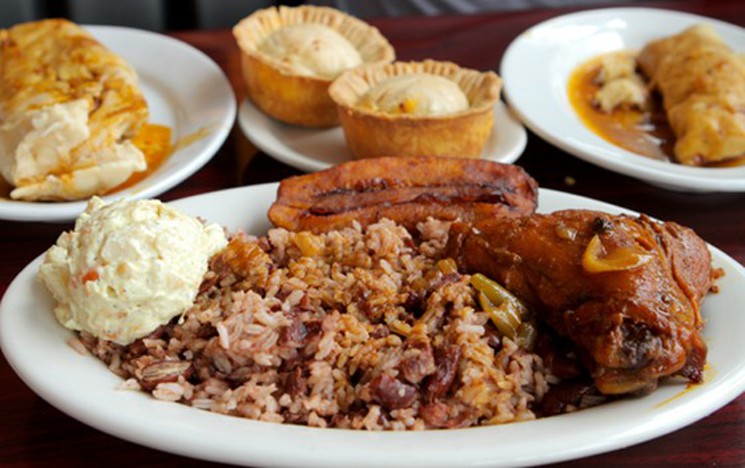
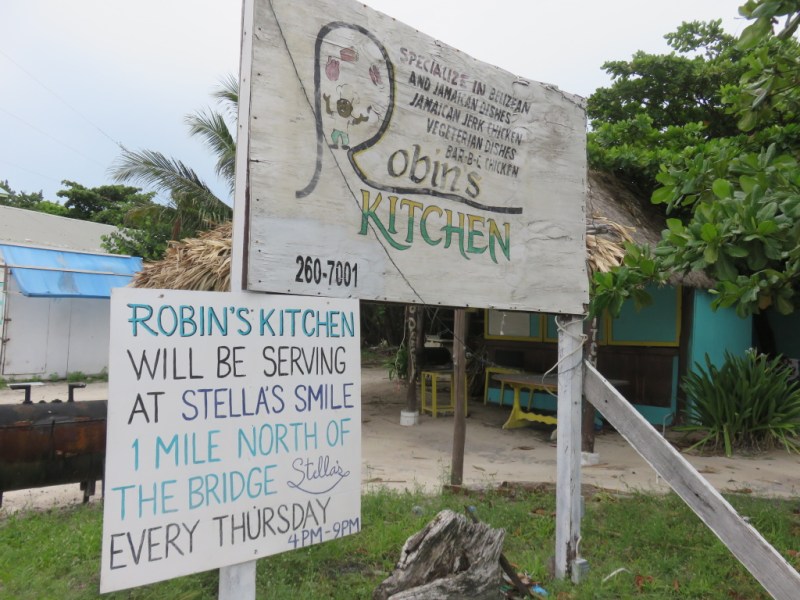

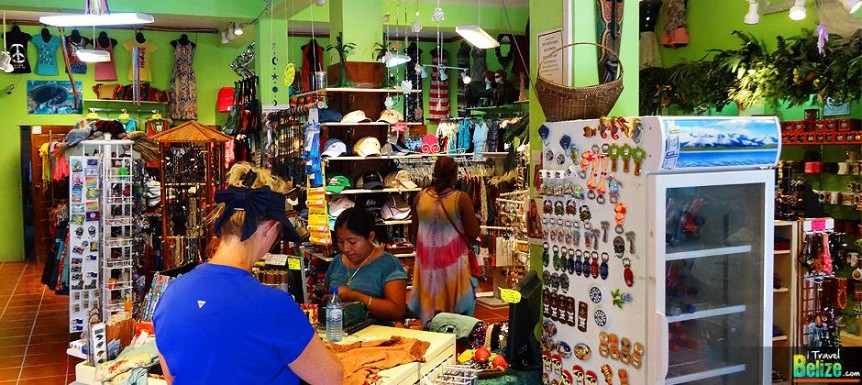
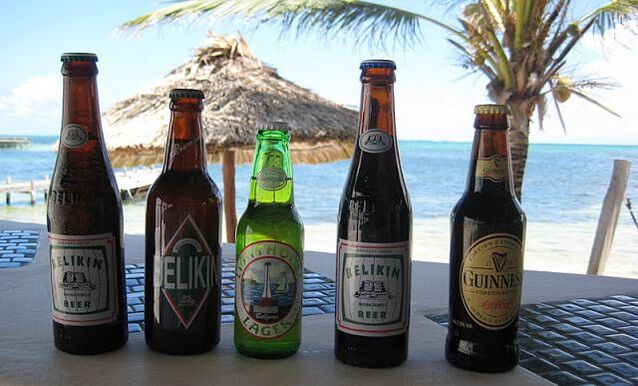
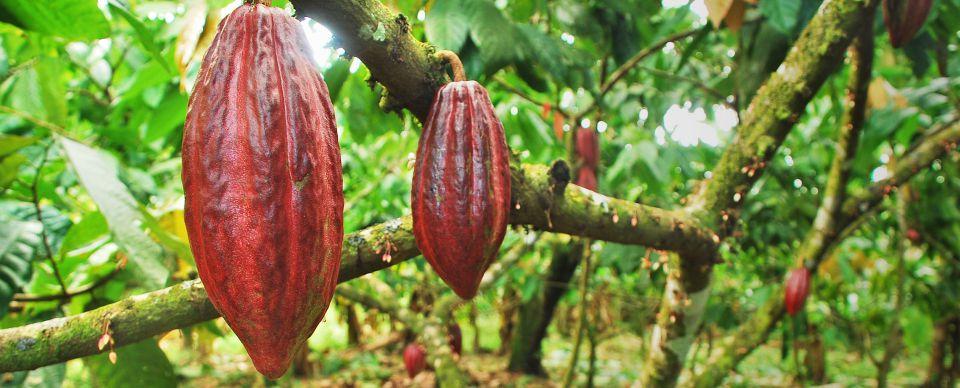
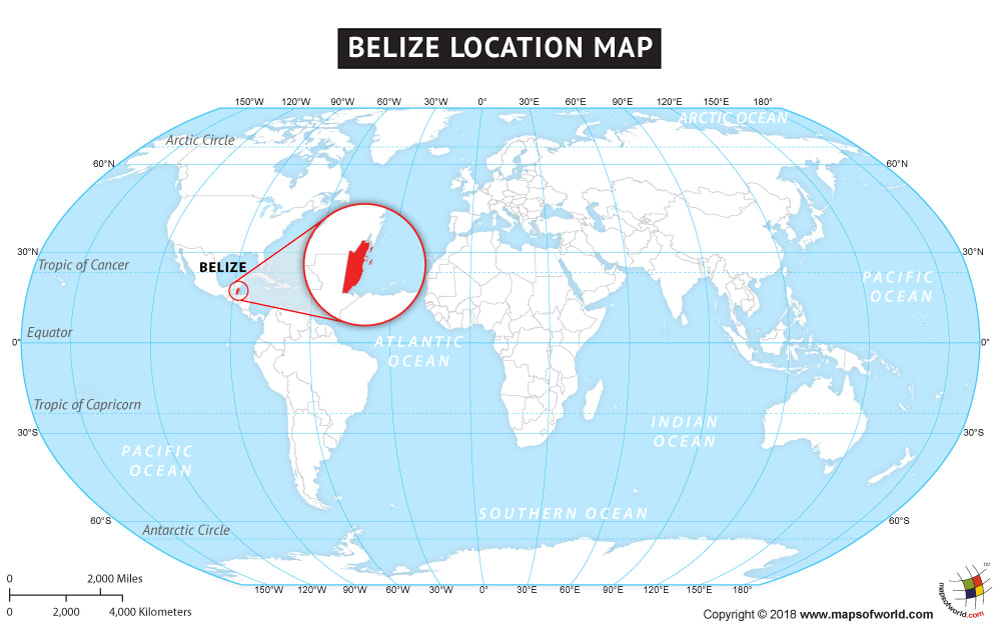
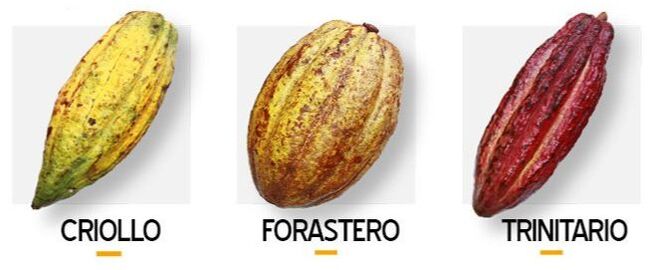
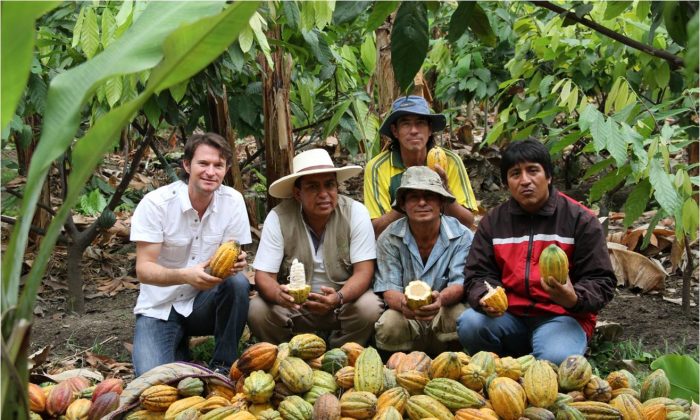
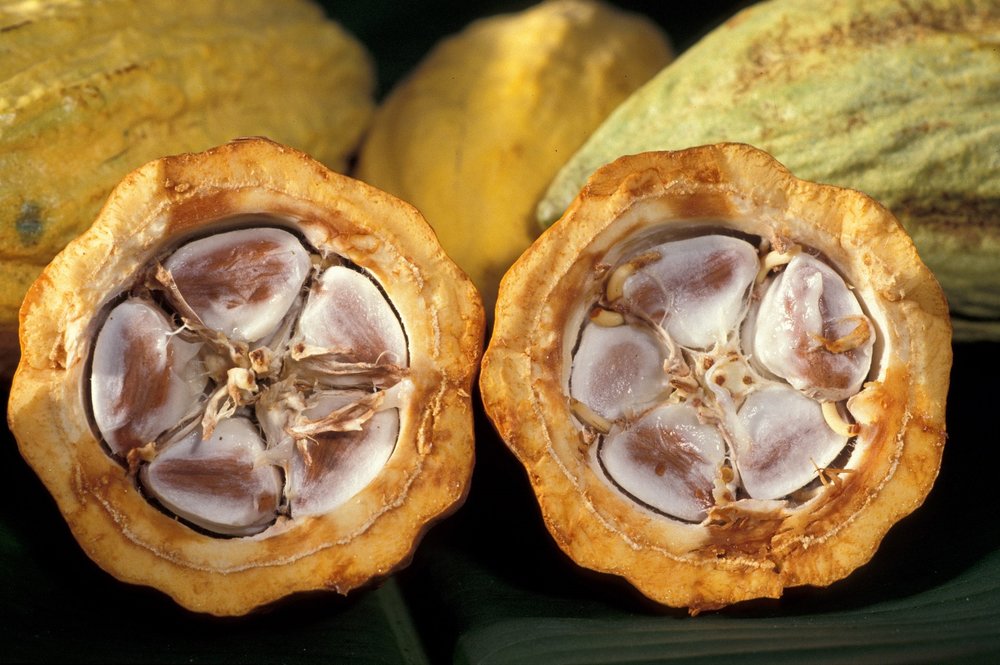
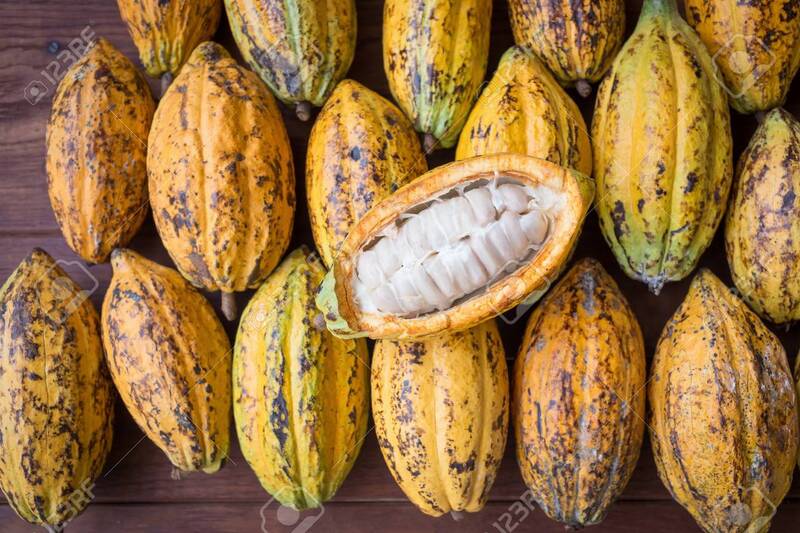
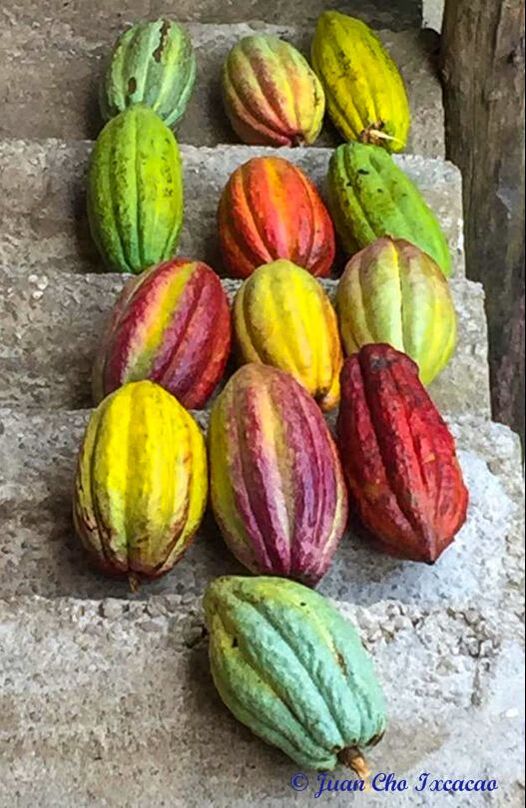
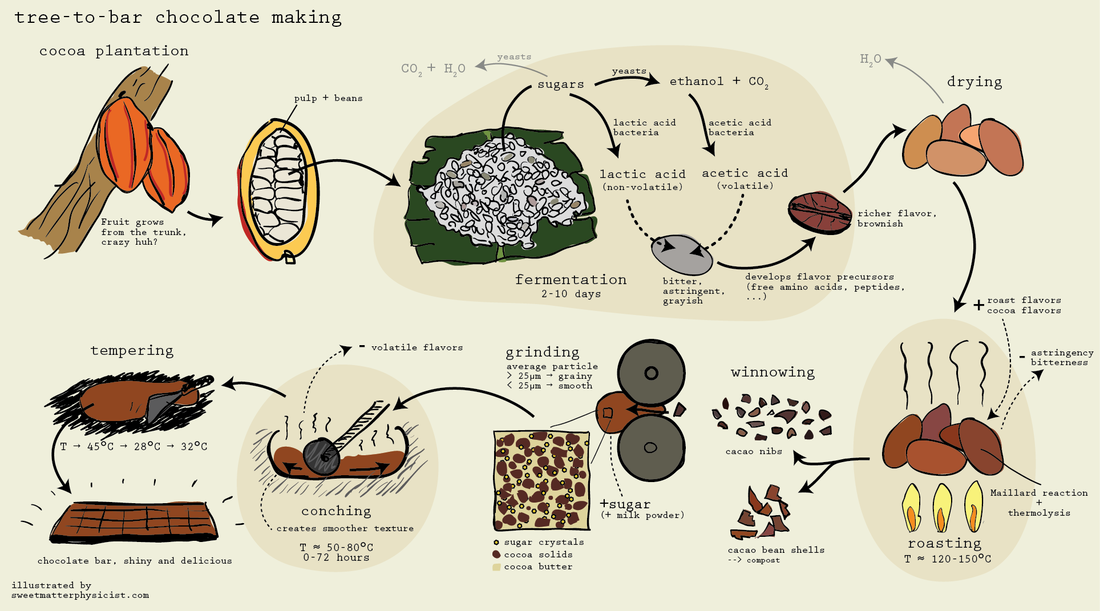
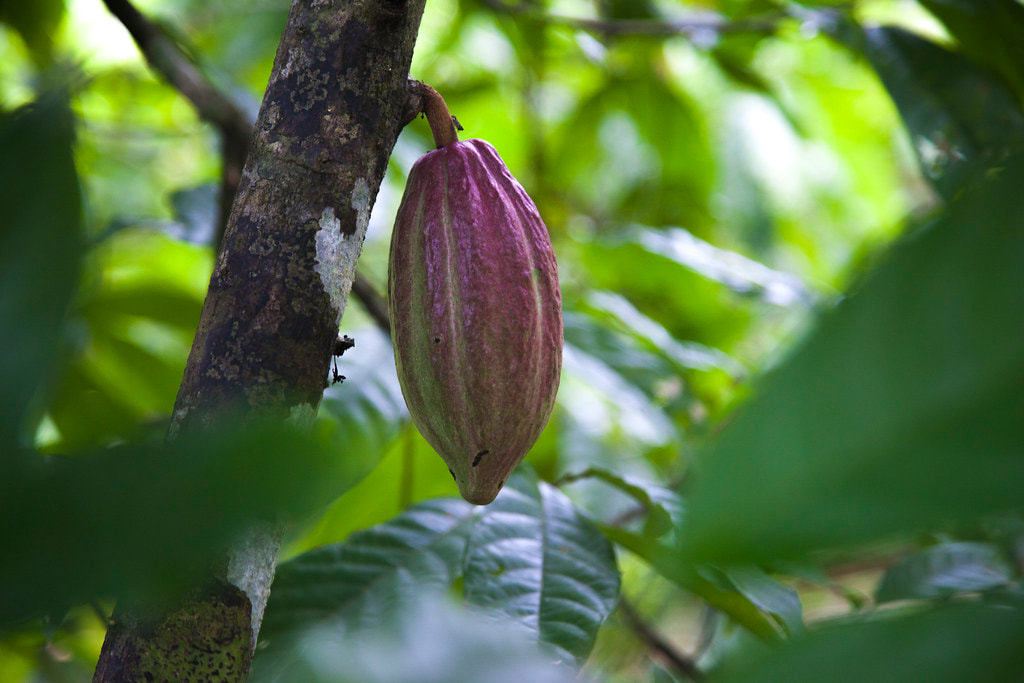
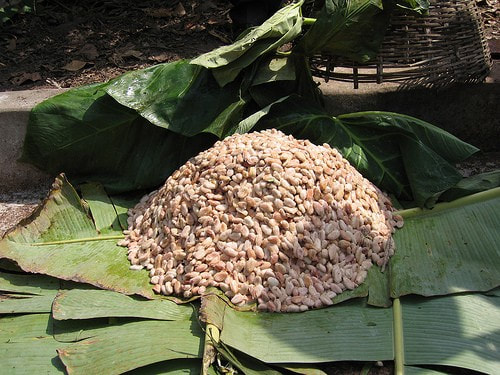
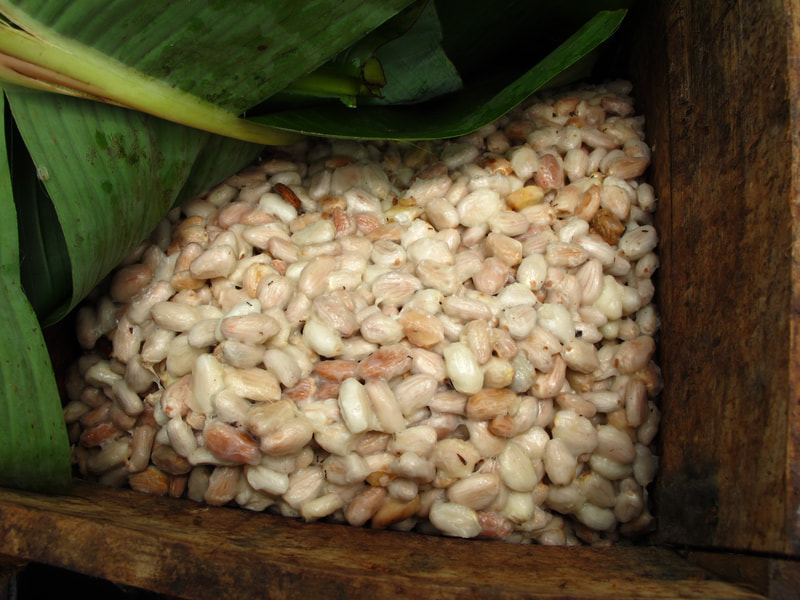
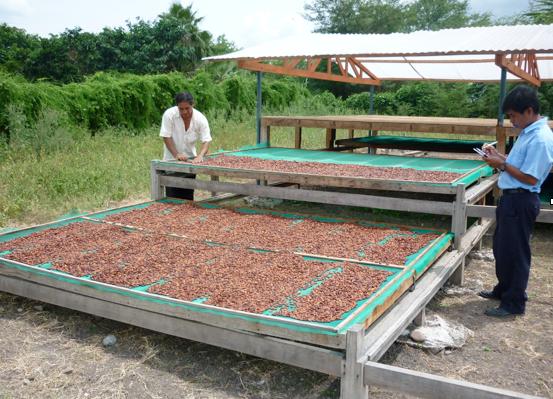
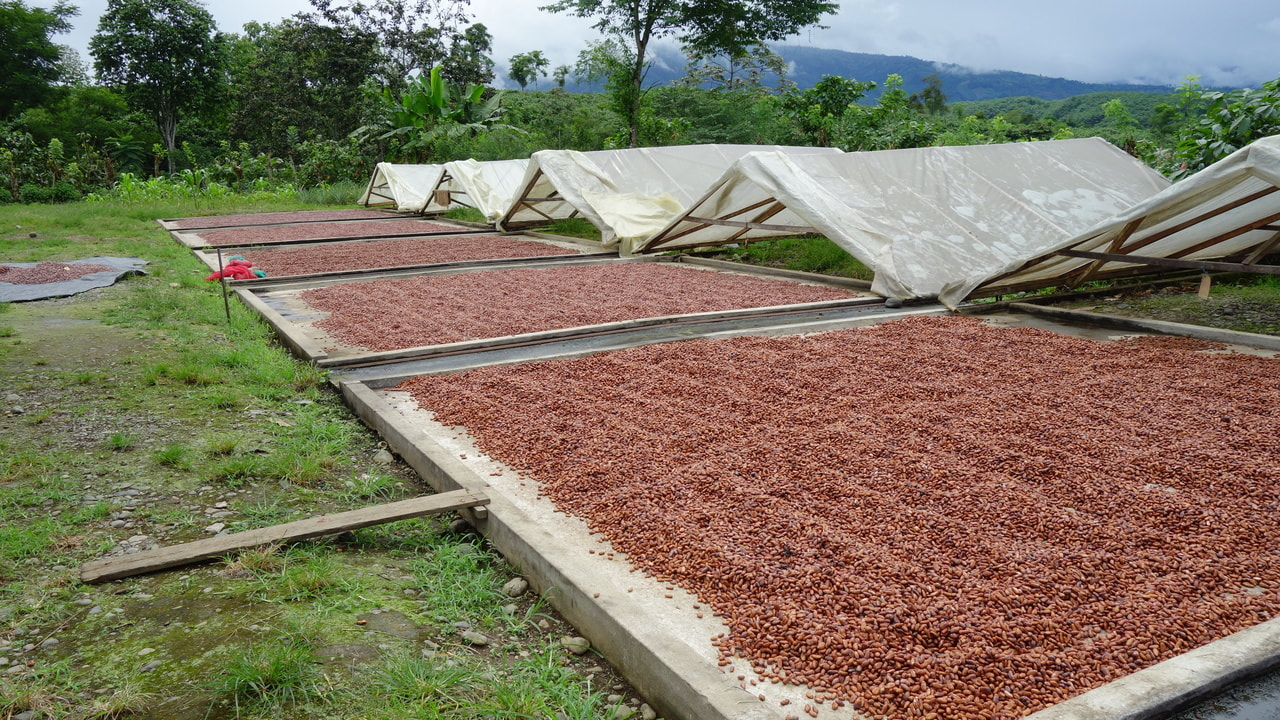
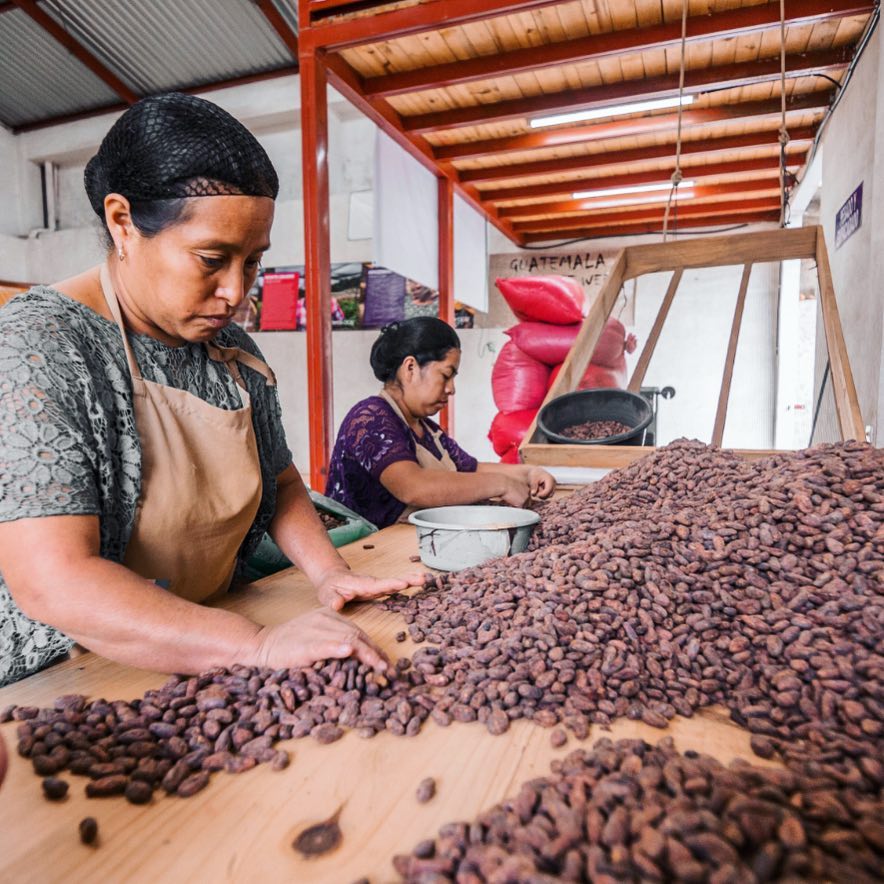
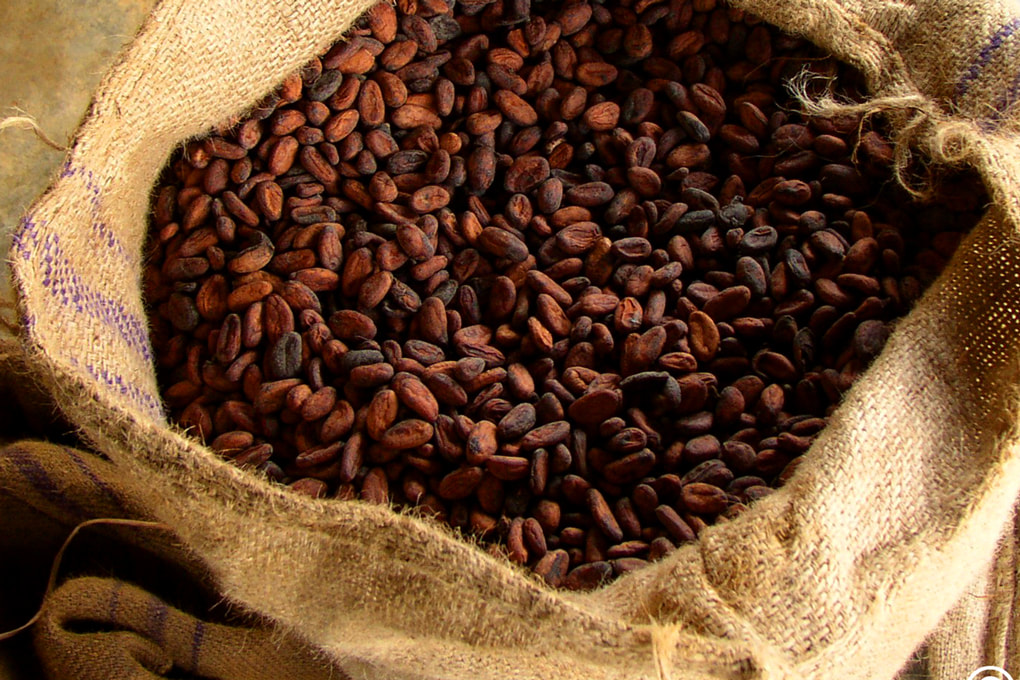
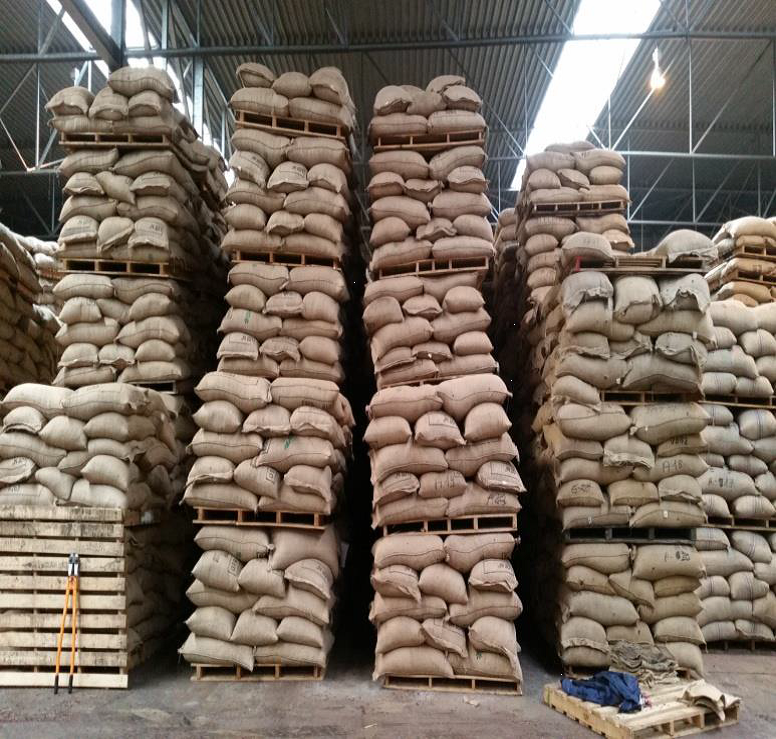
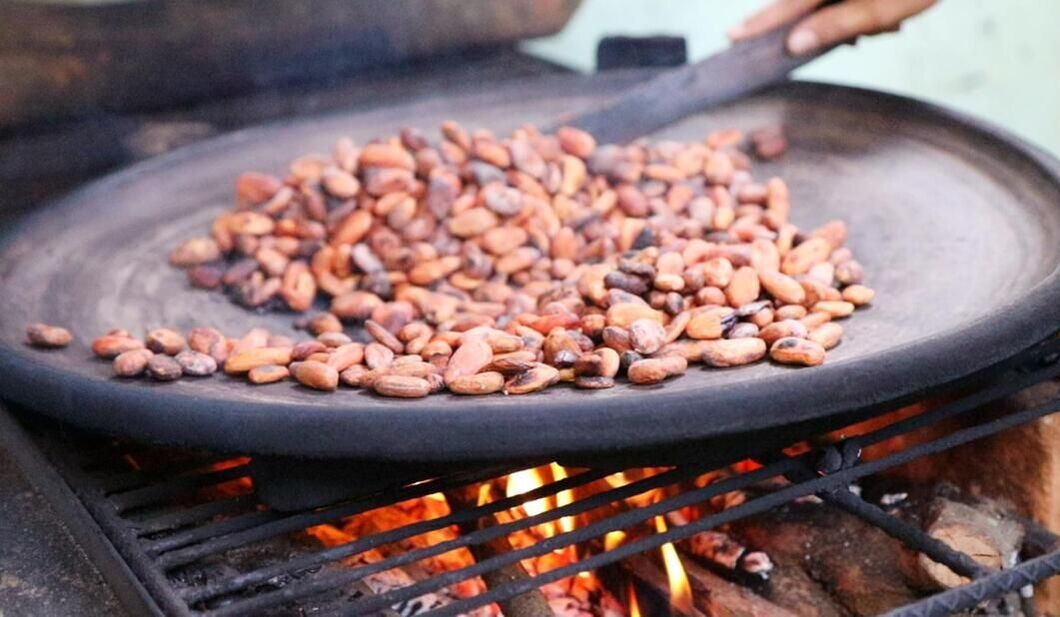
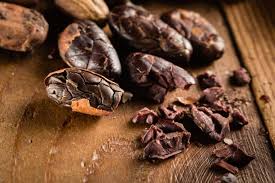
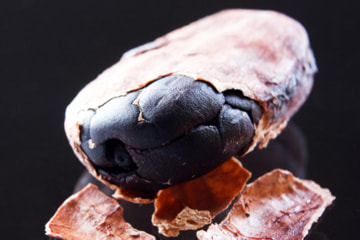
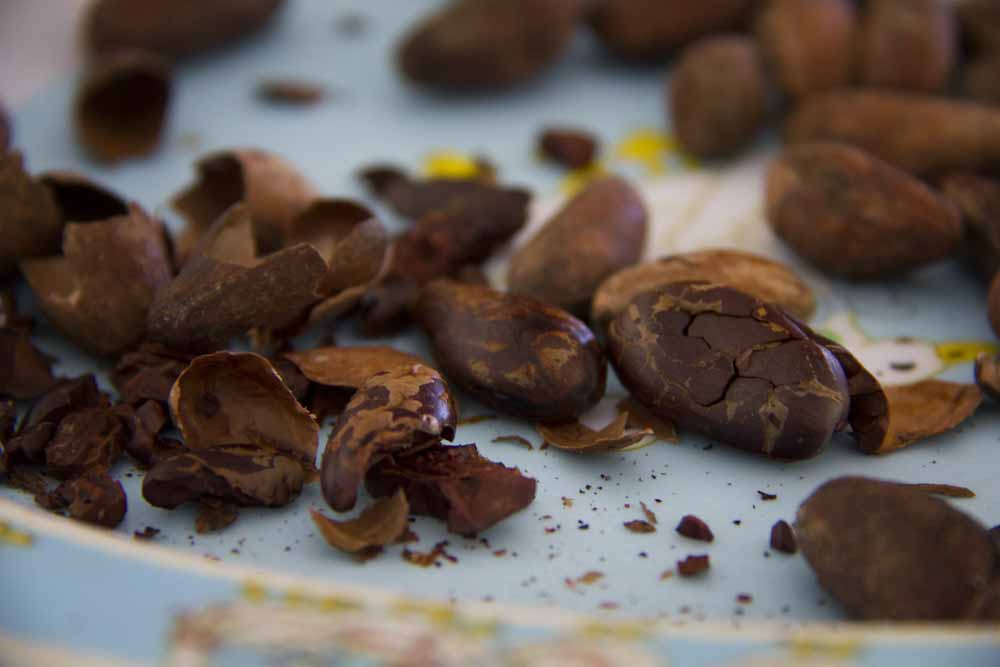
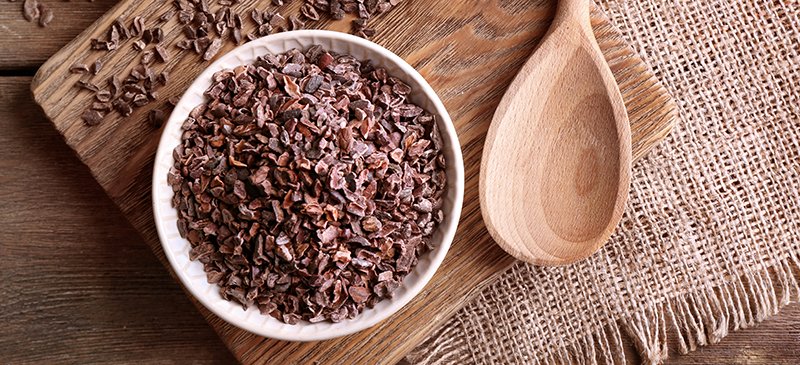
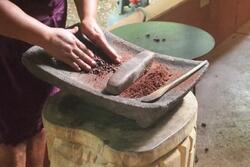
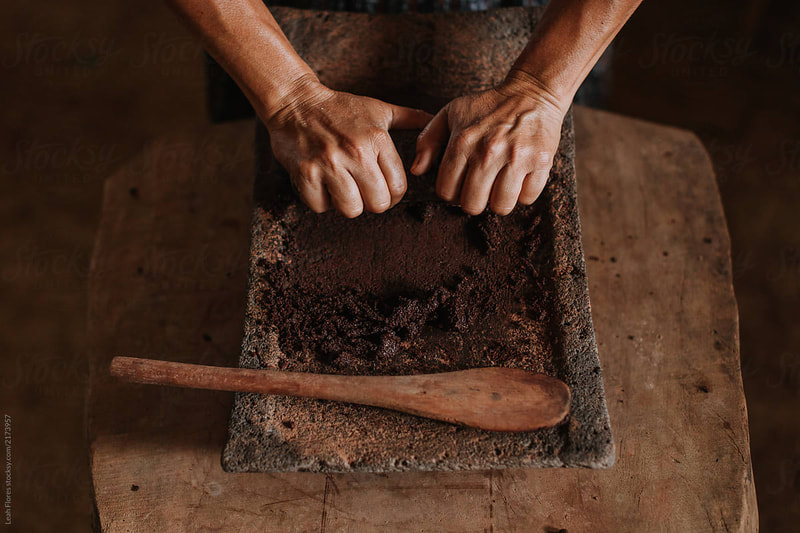
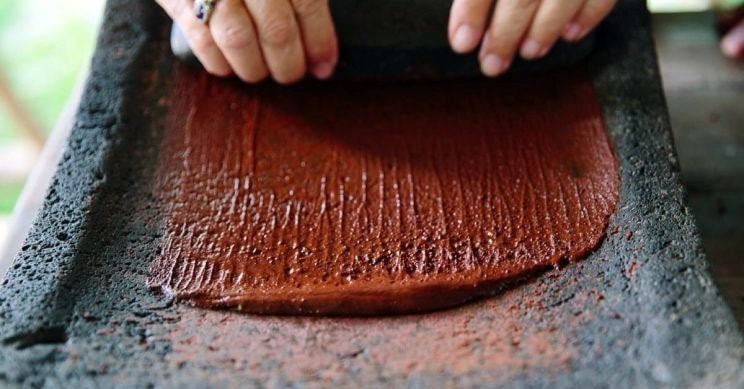
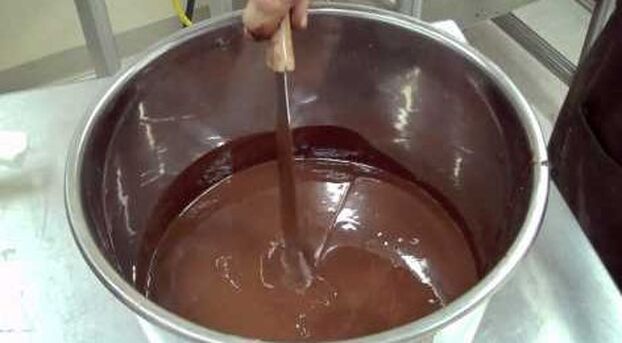
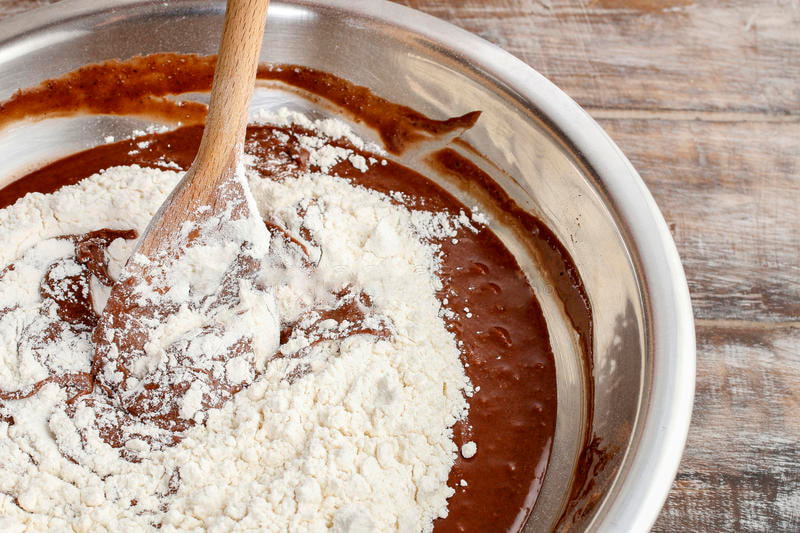
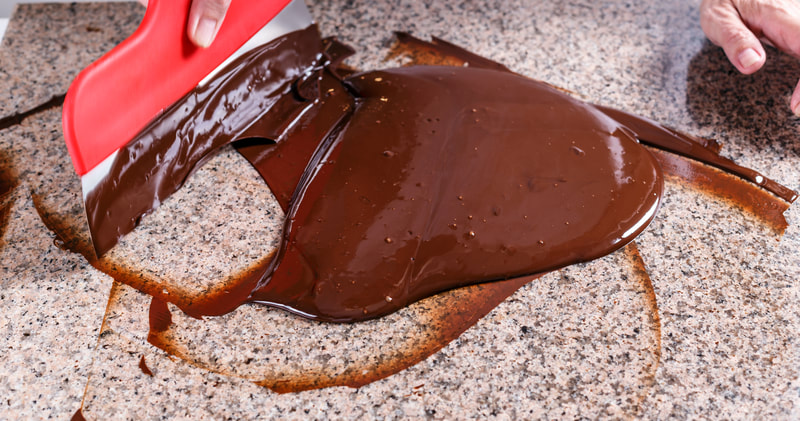
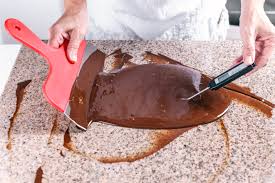
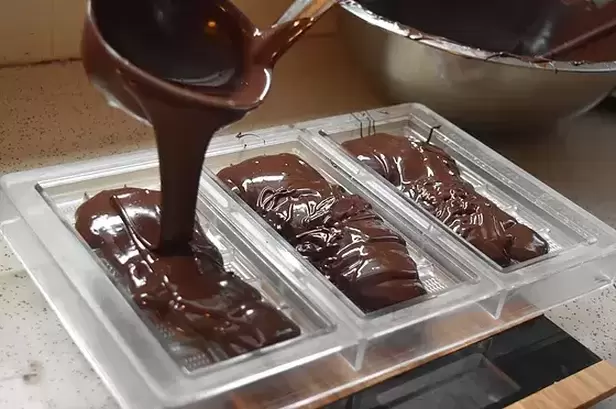
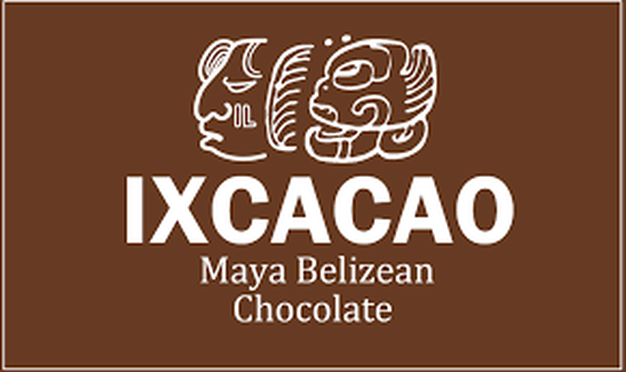
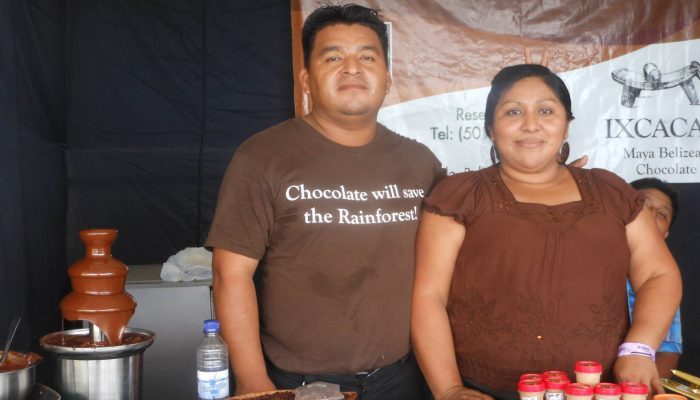
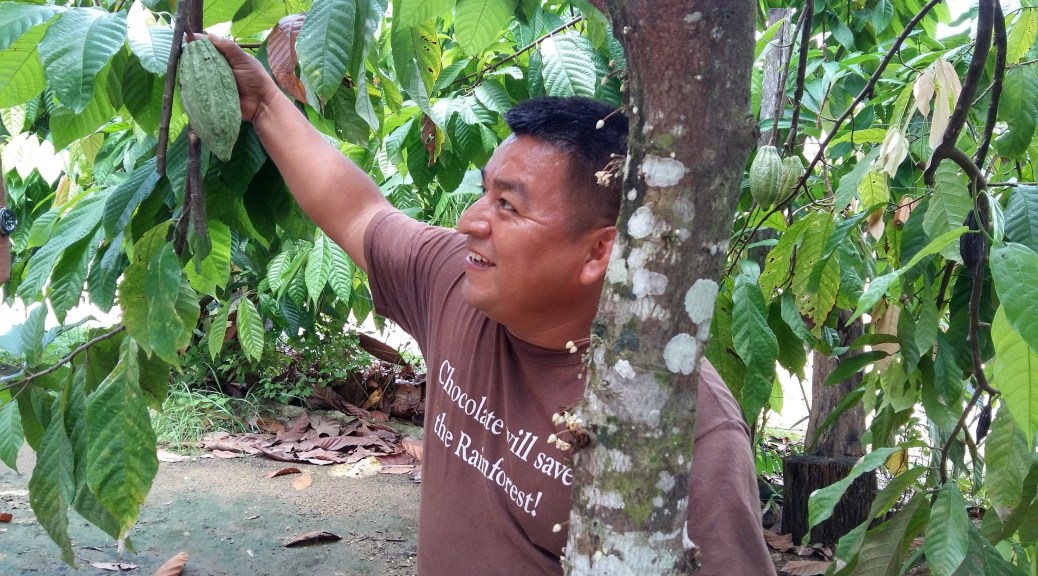
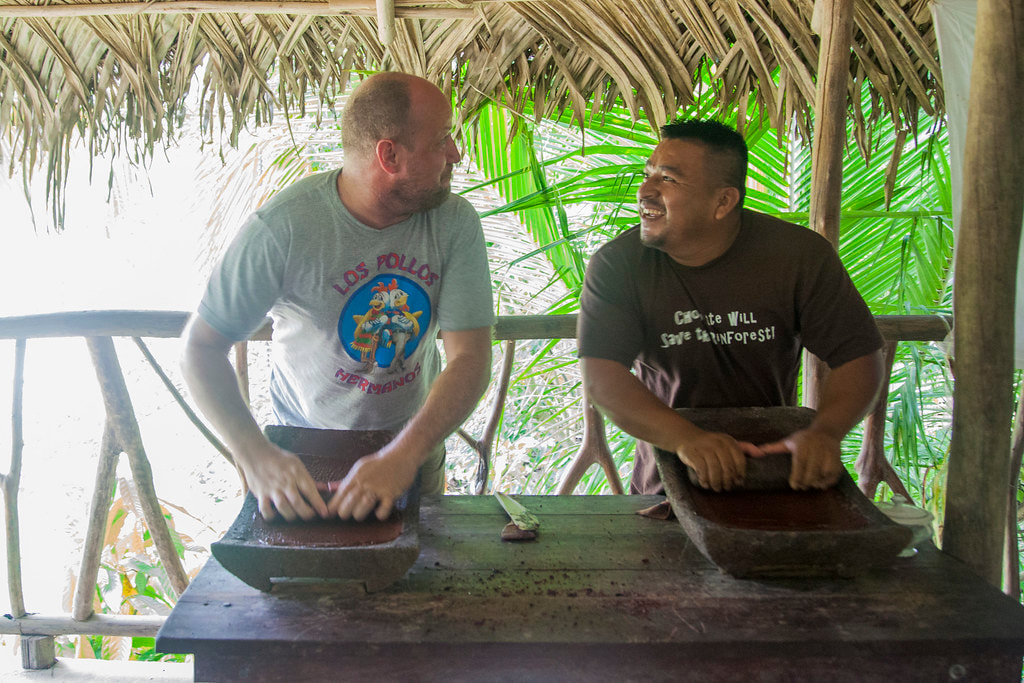
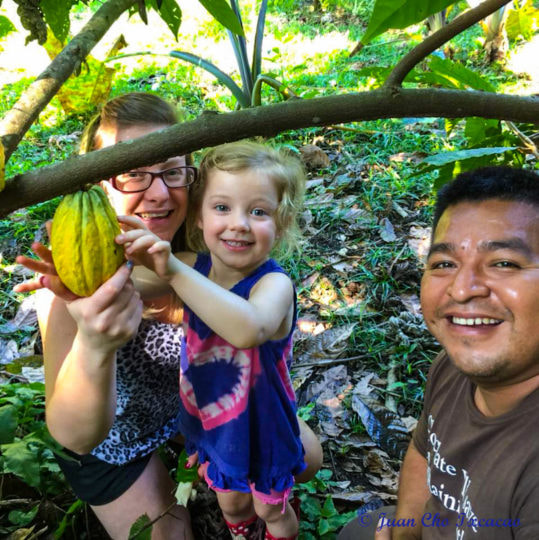
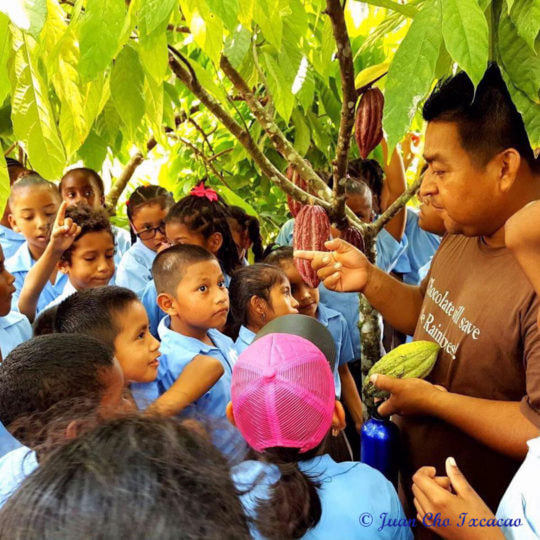
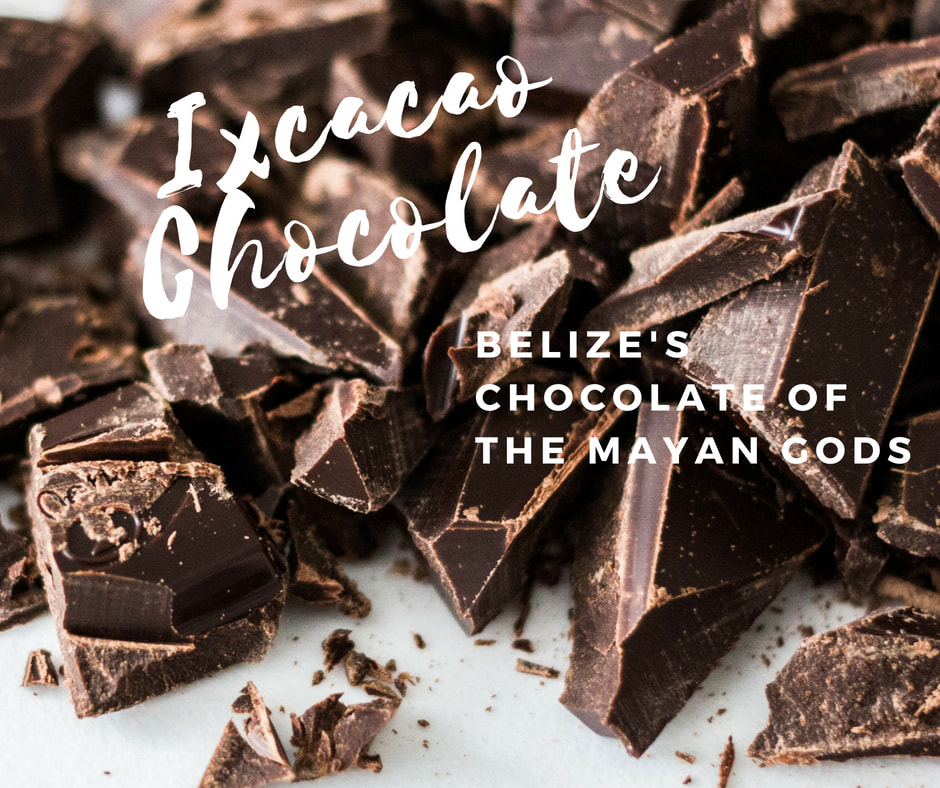
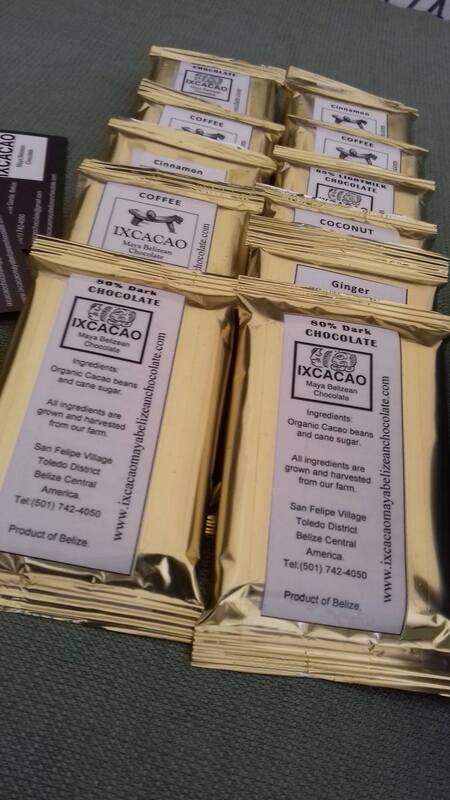
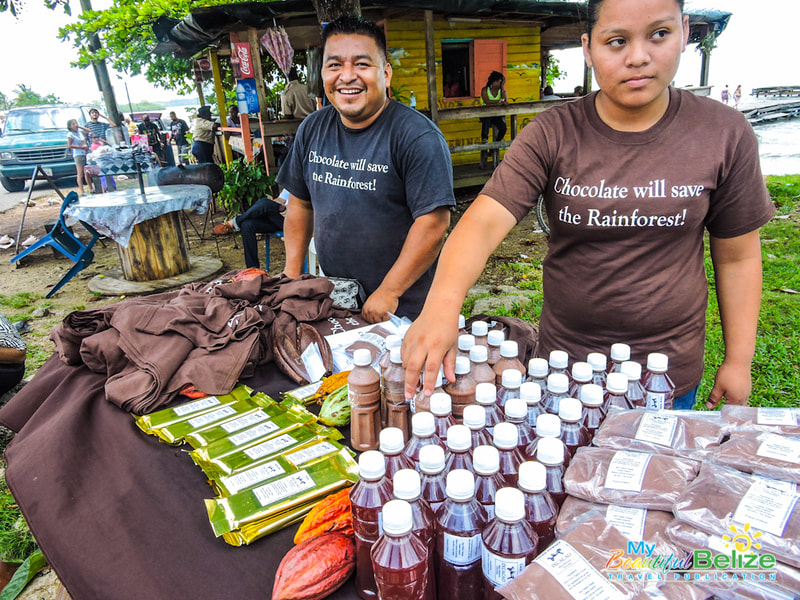
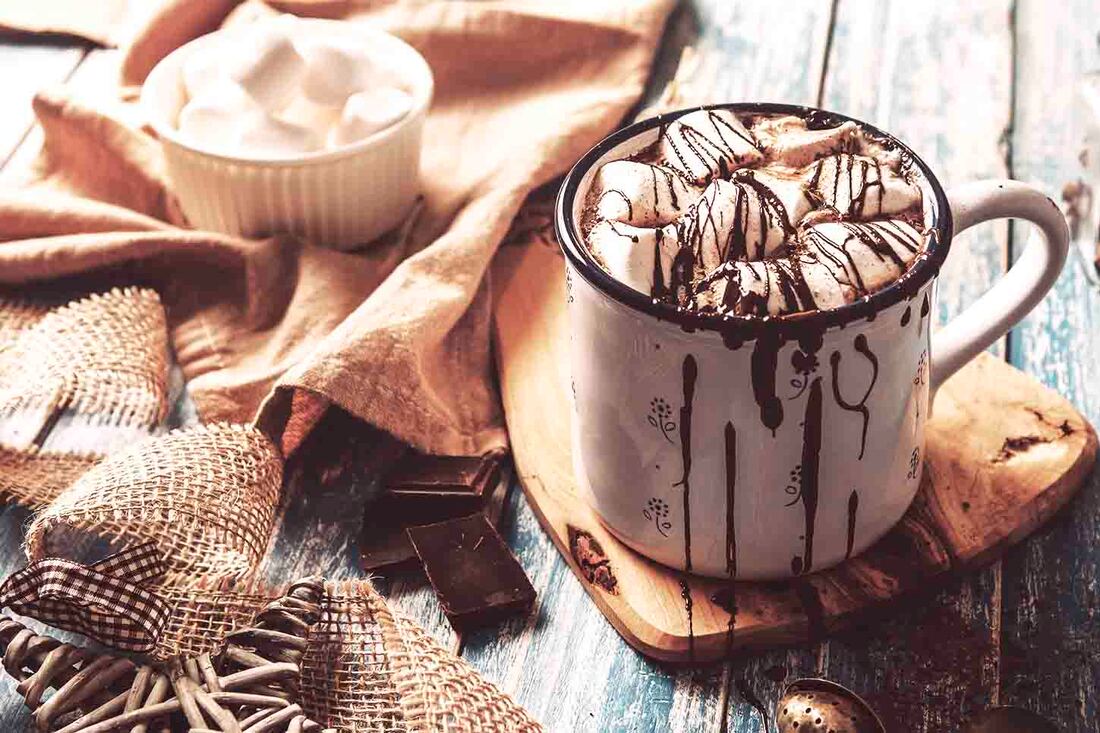
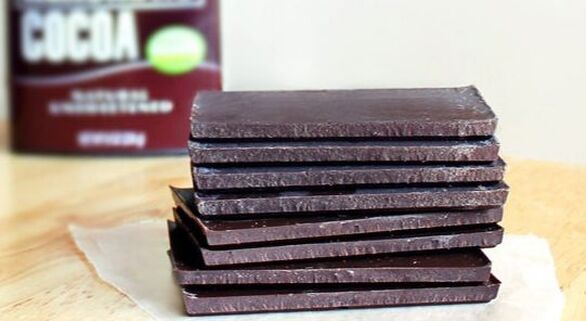

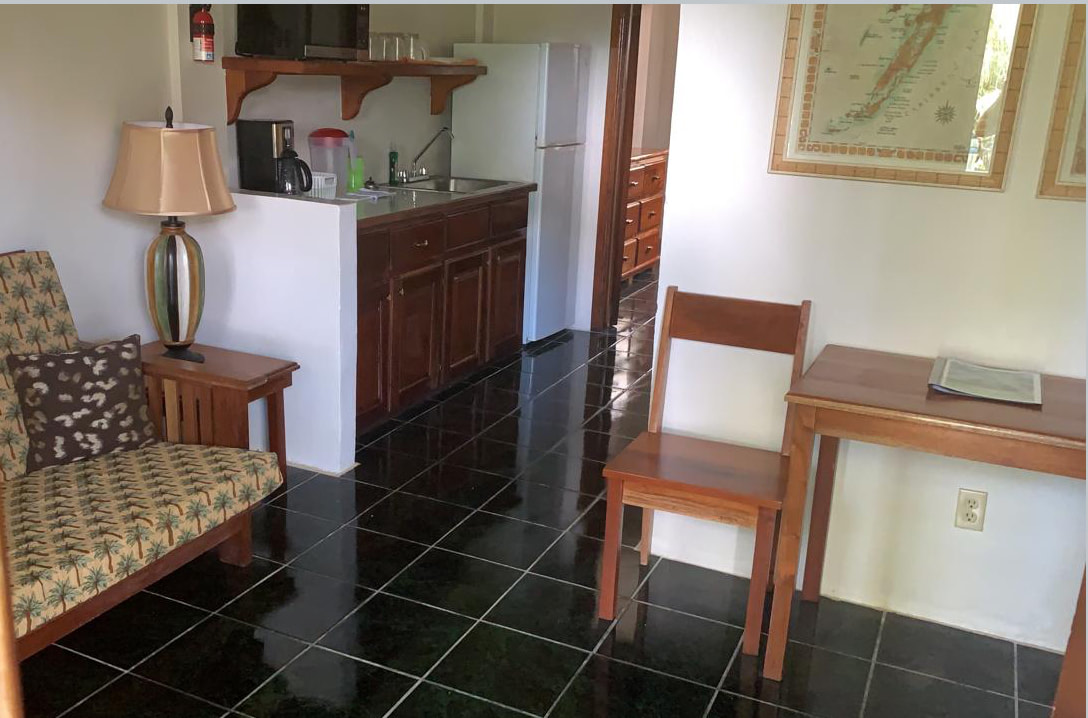
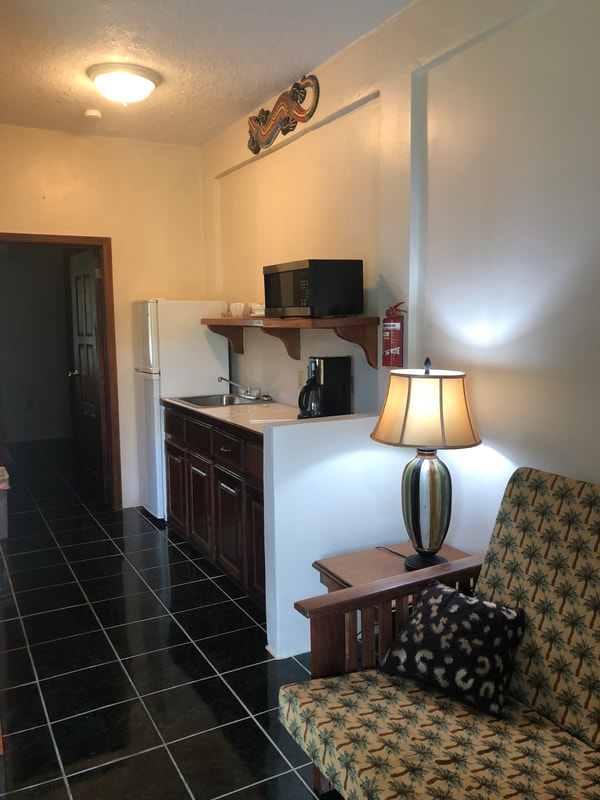
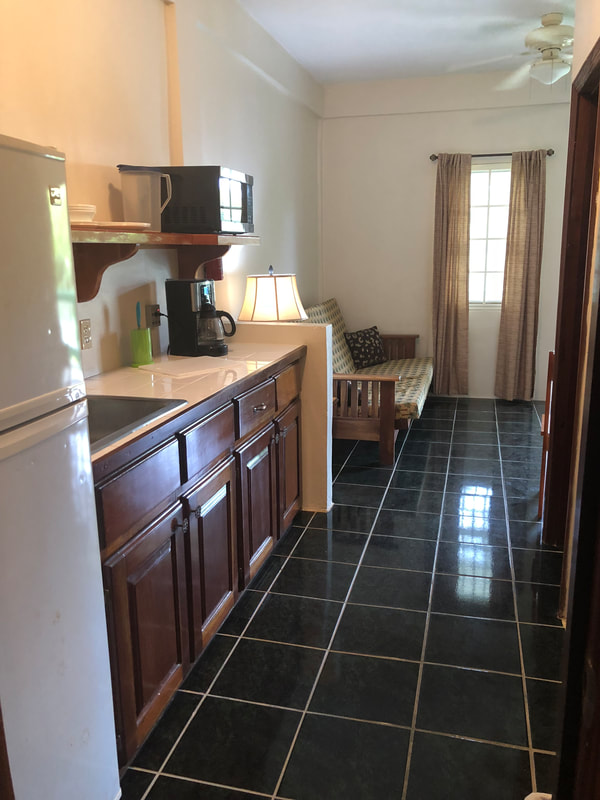
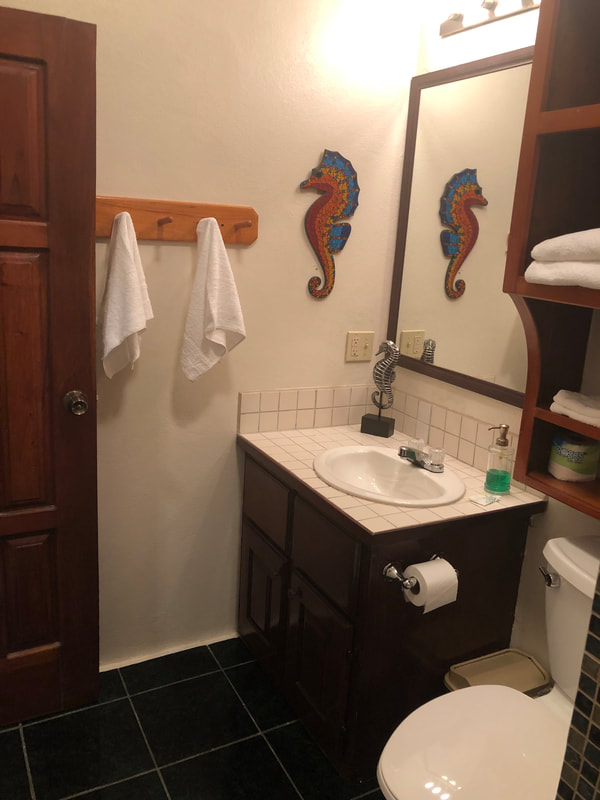
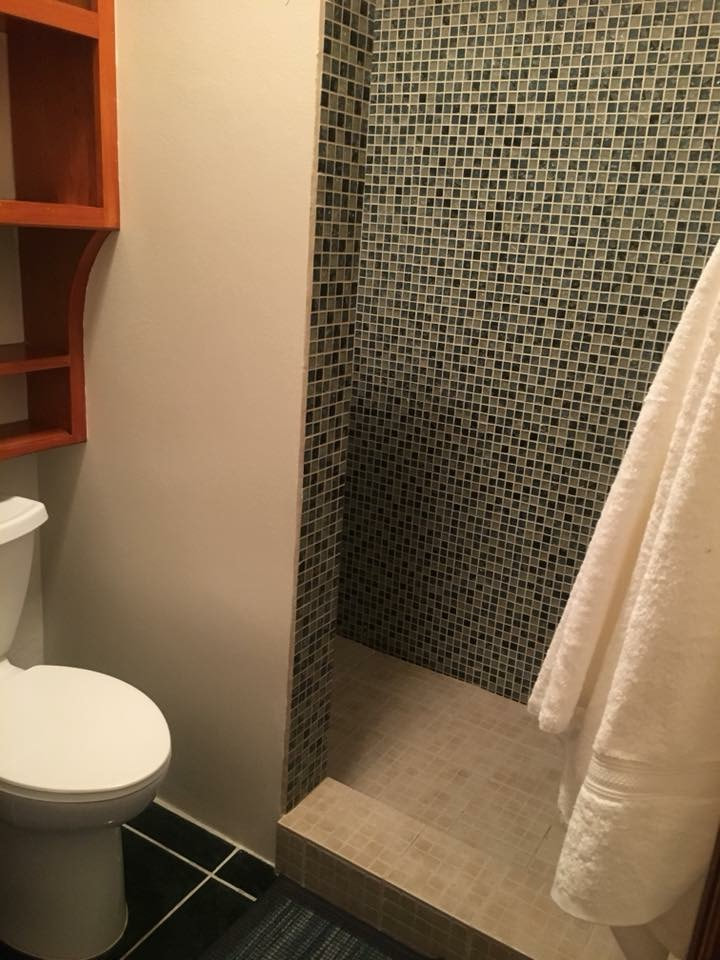
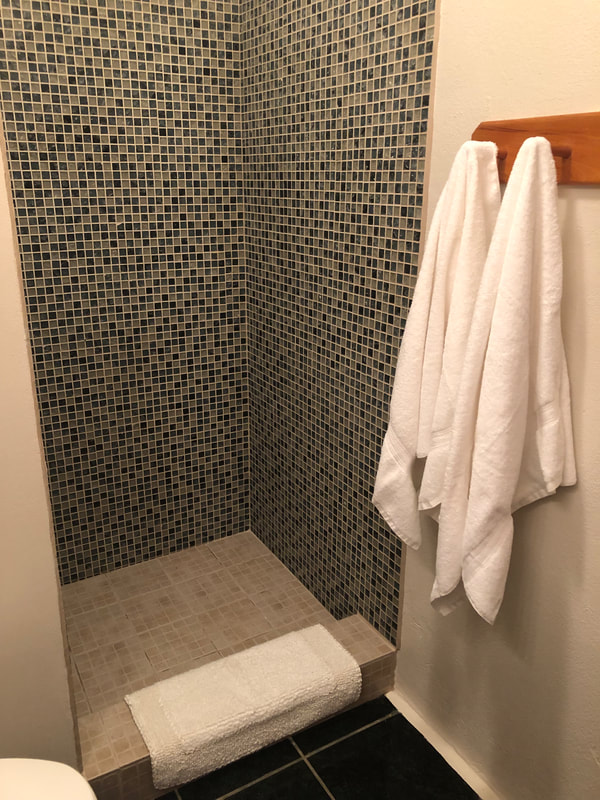
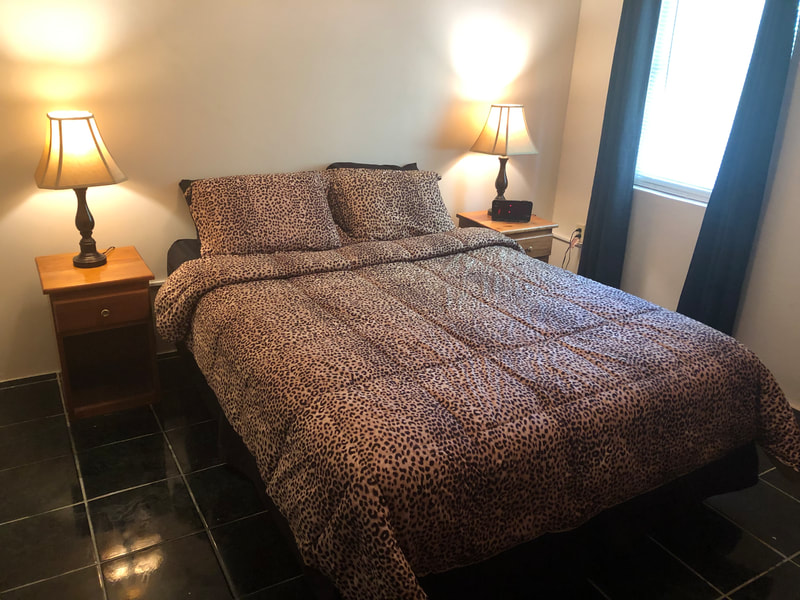
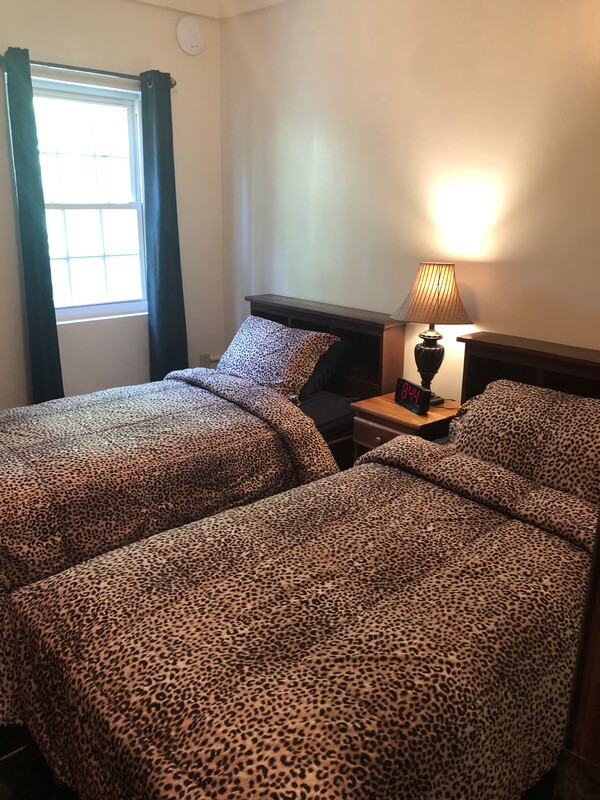
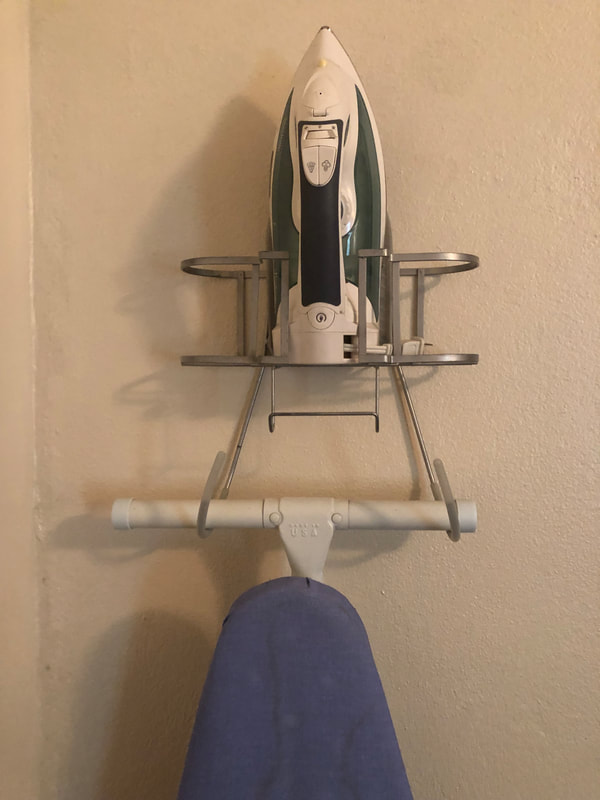
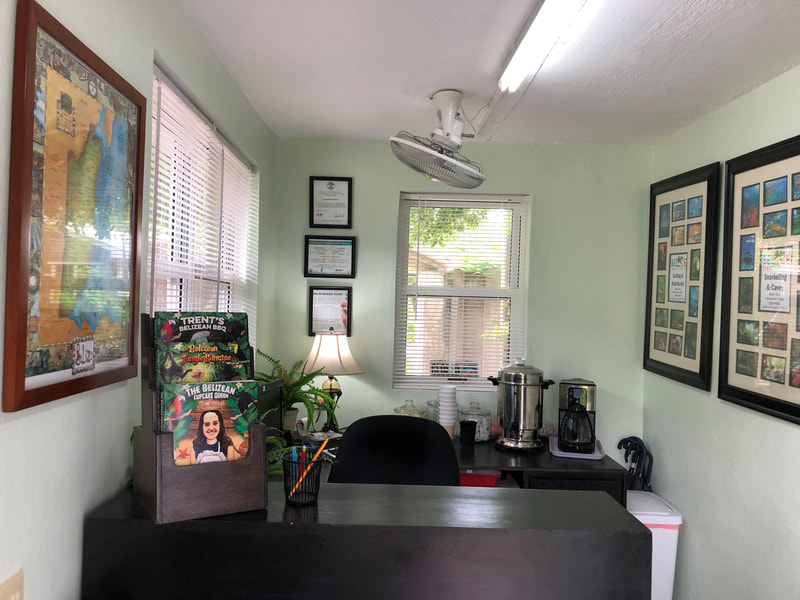
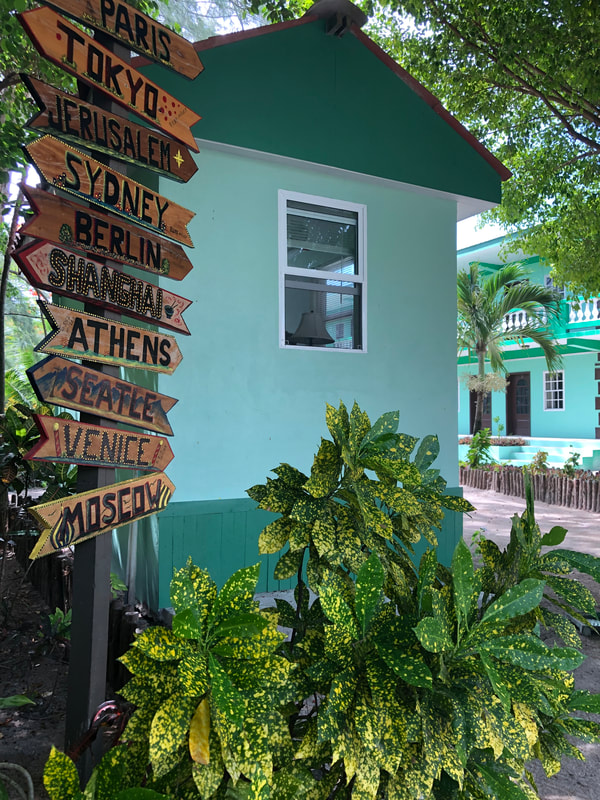
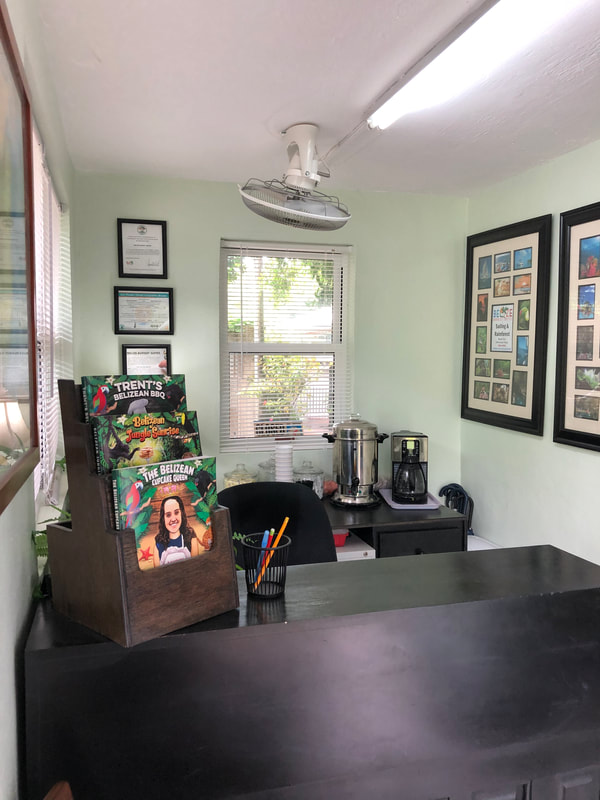
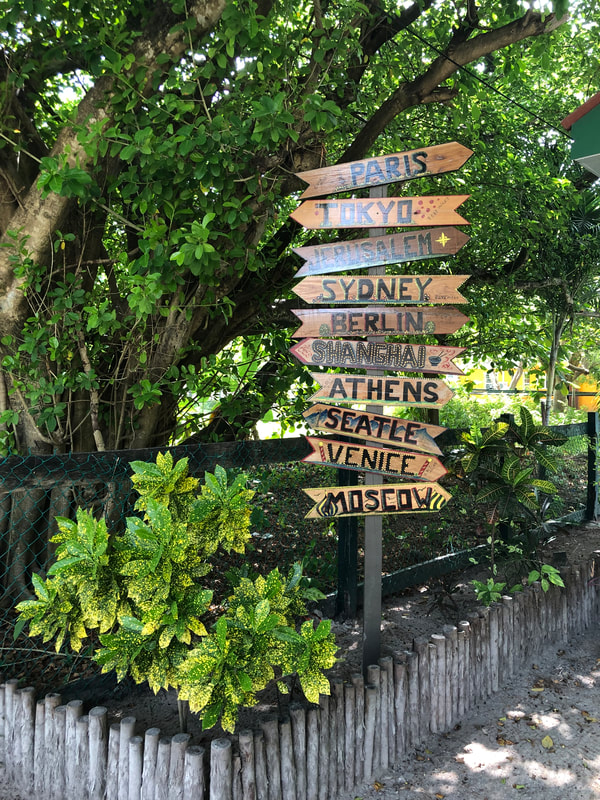
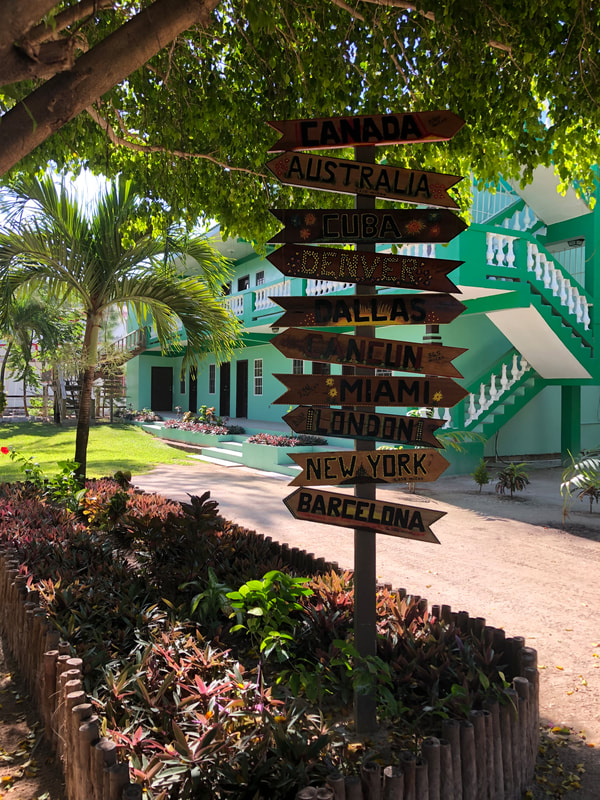
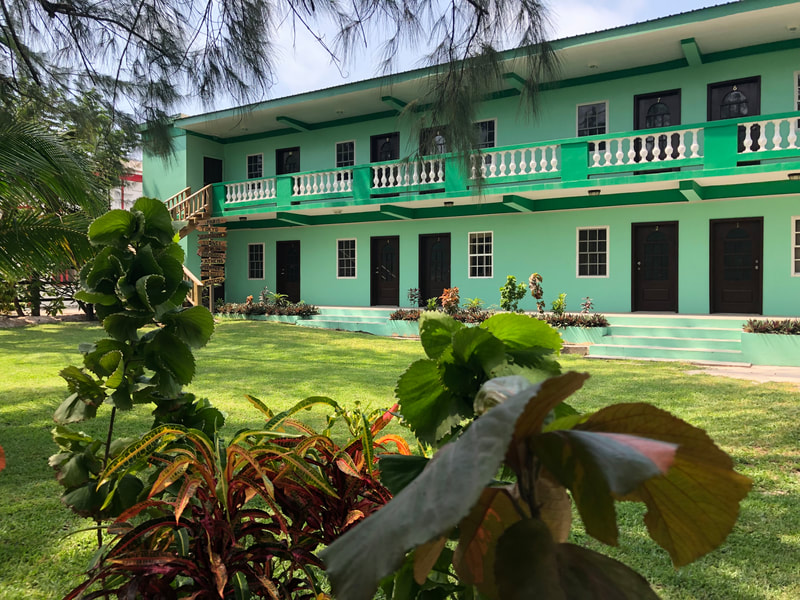
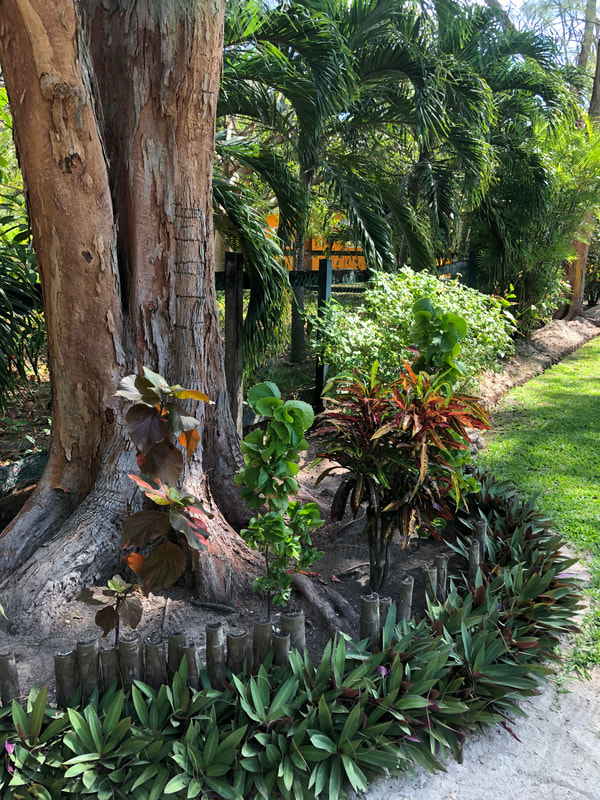
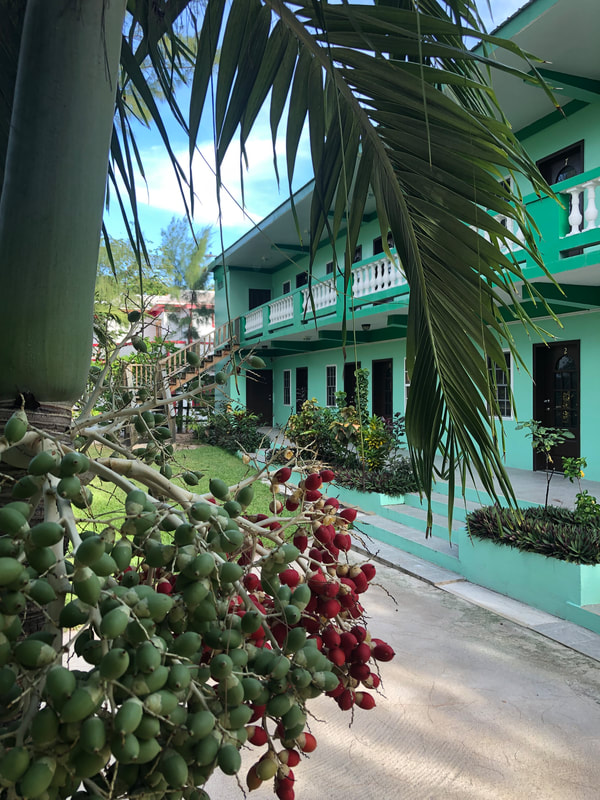
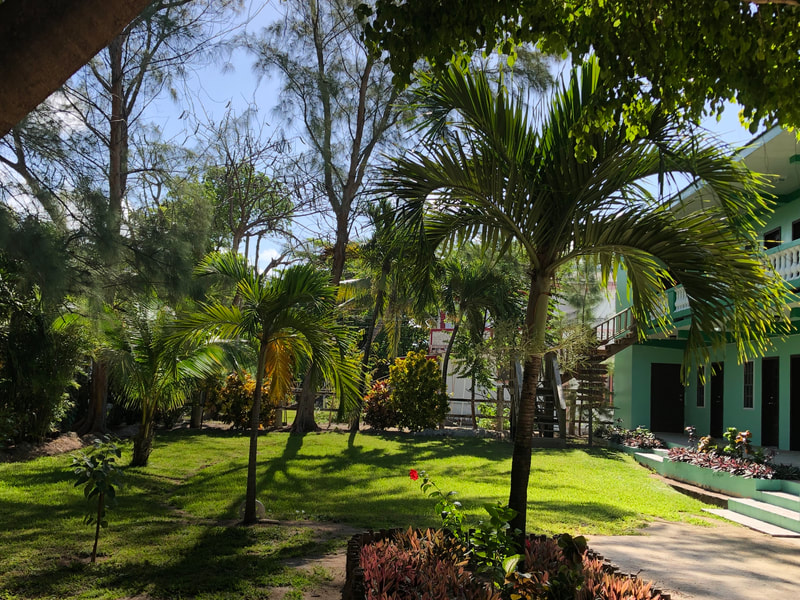
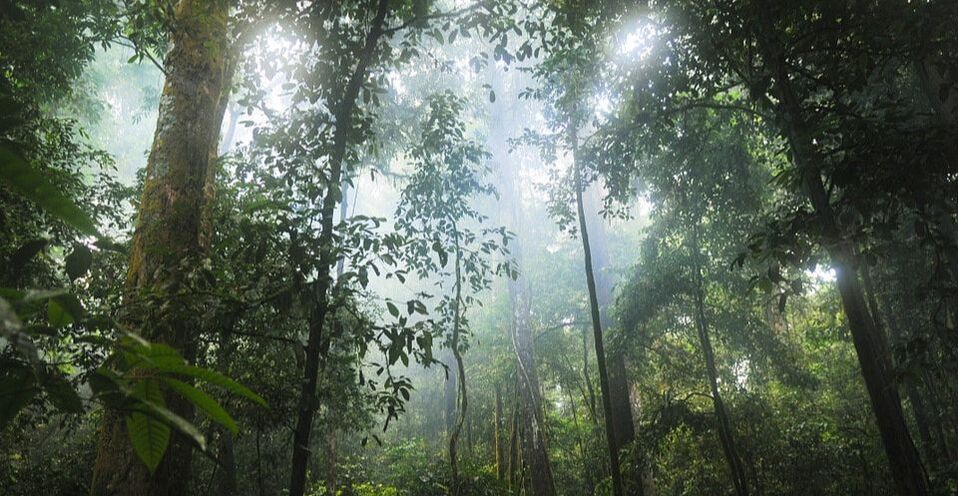
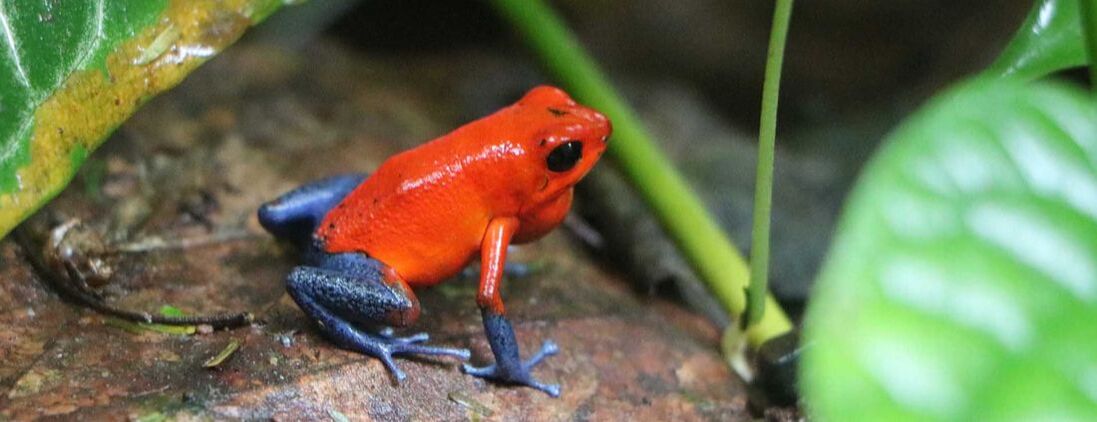
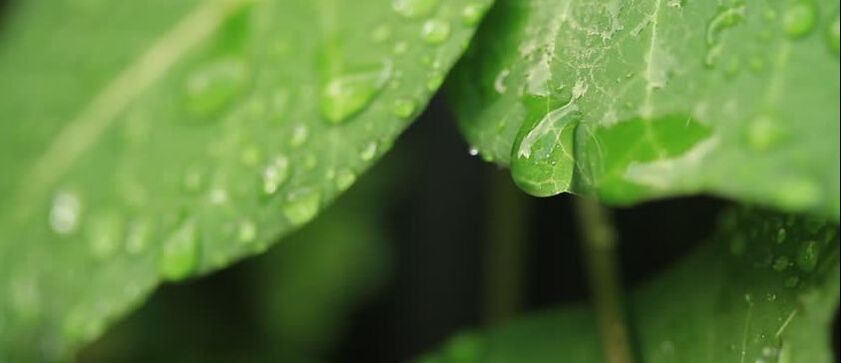
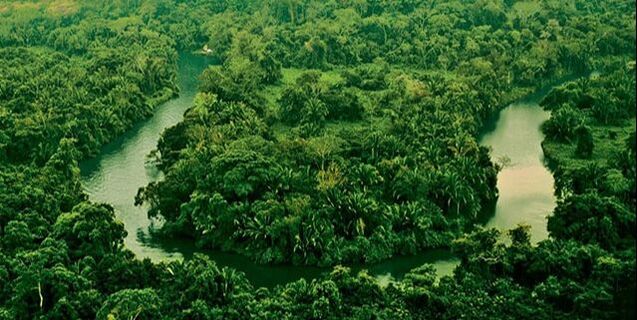
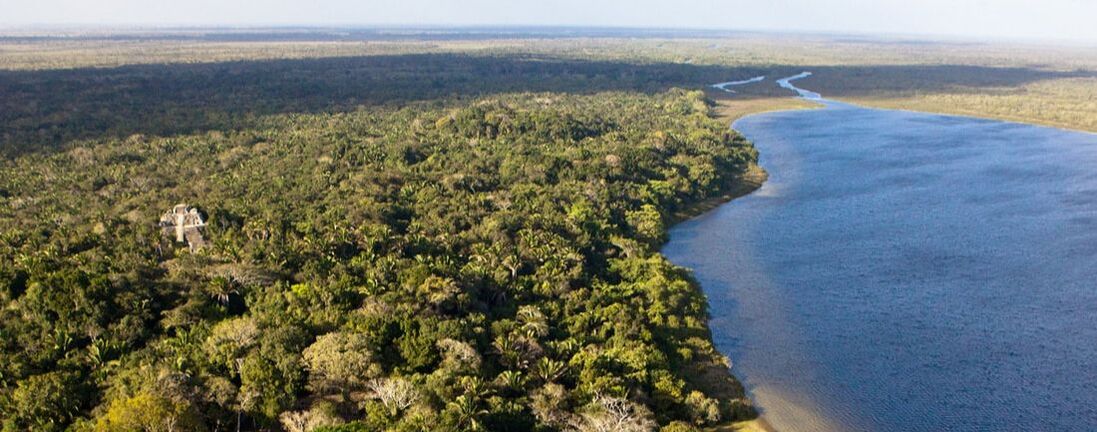
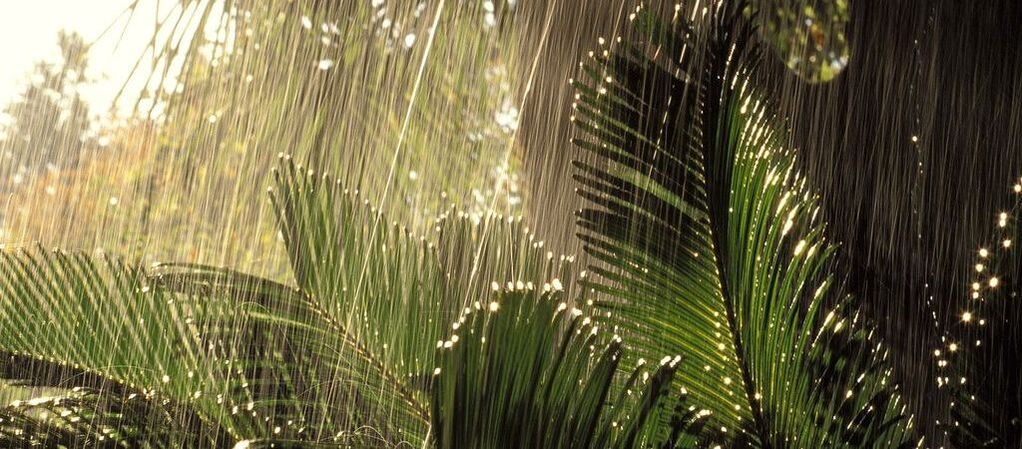
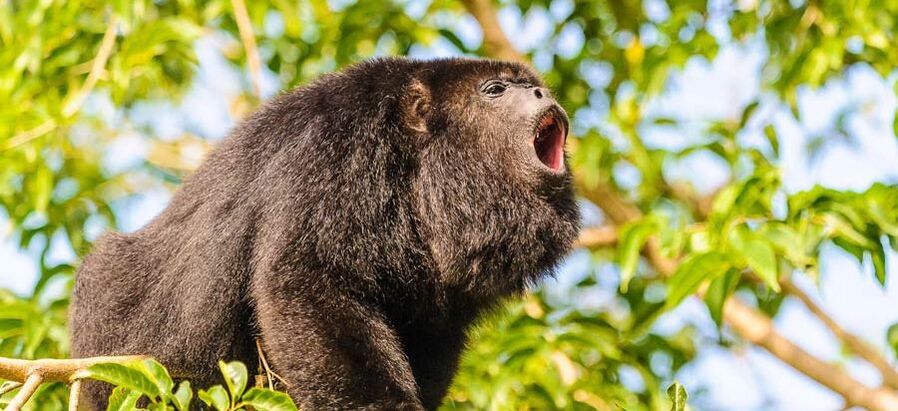
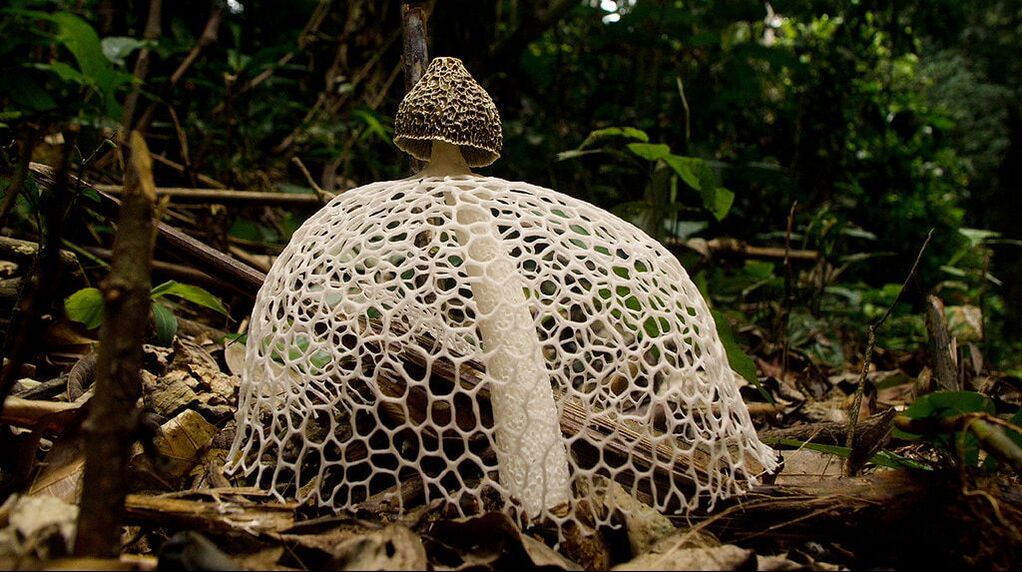
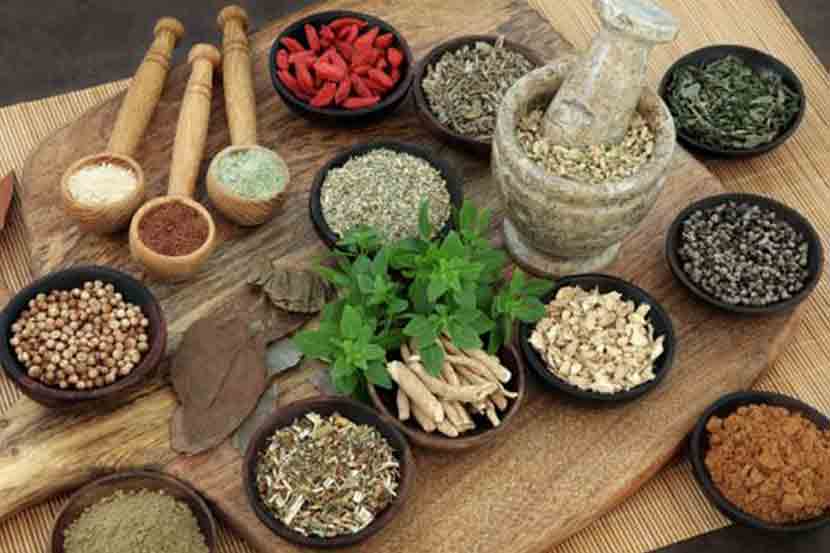
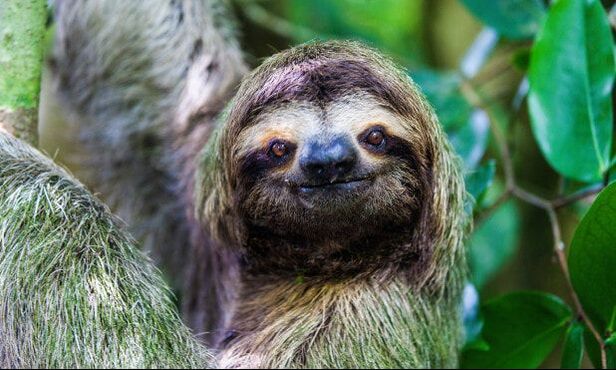

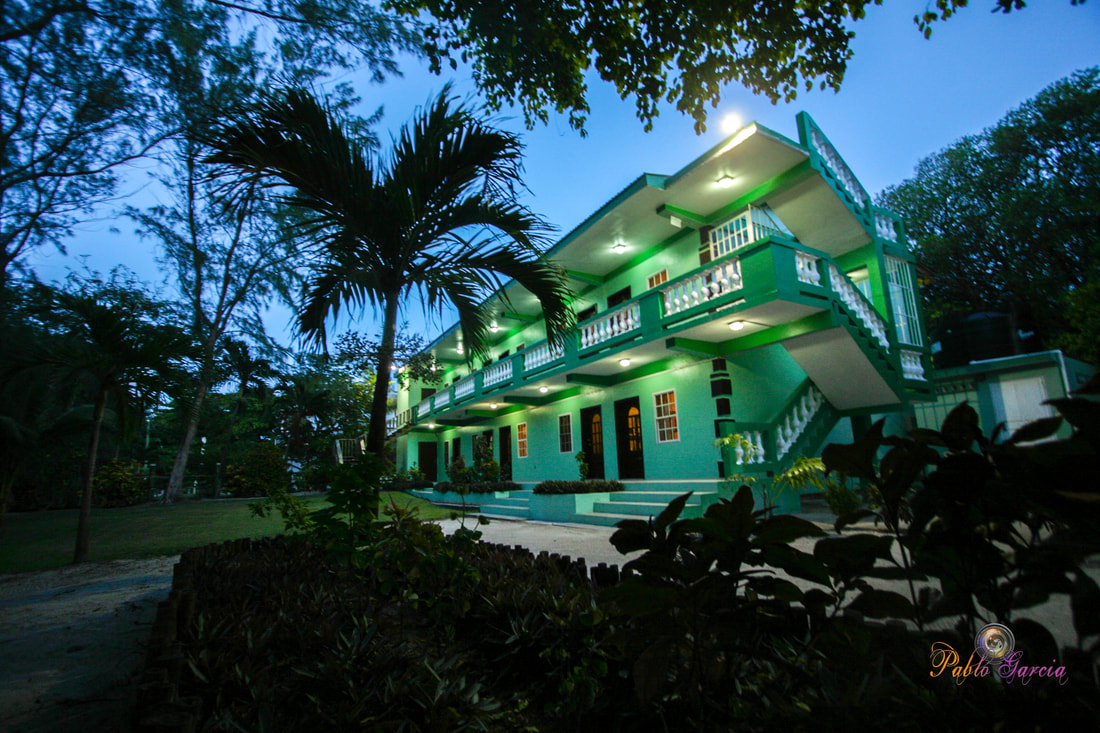
 RSS Feed
RSS Feed

